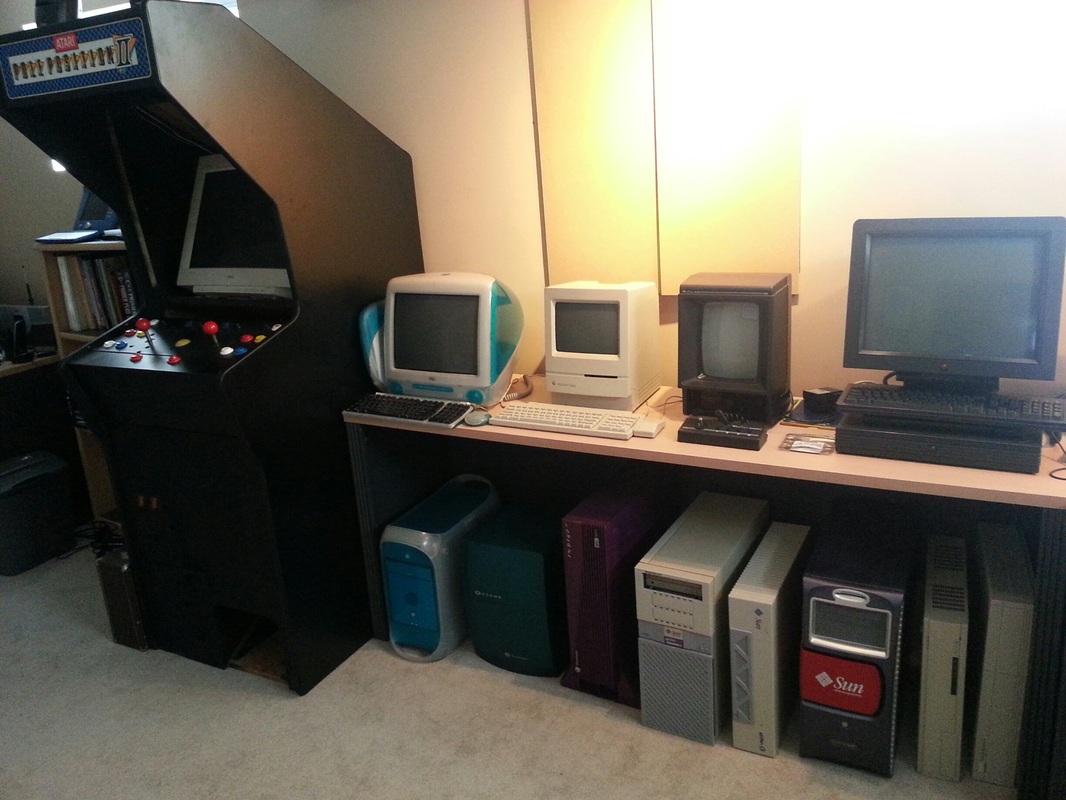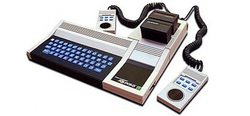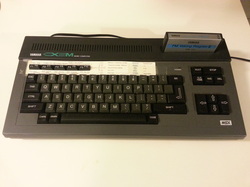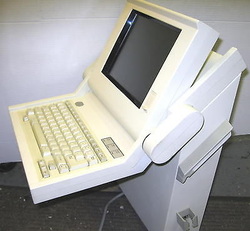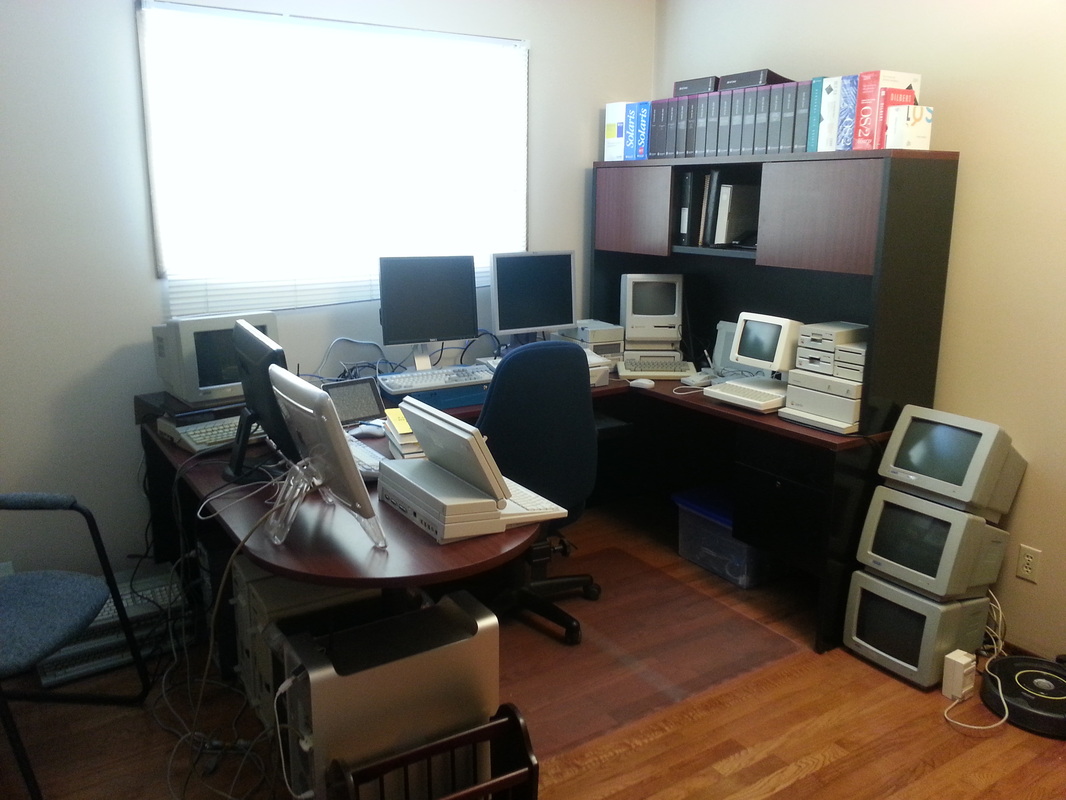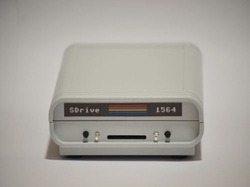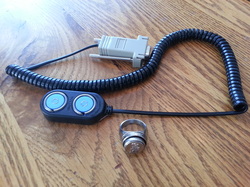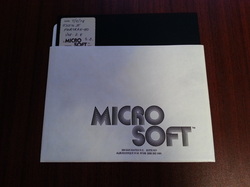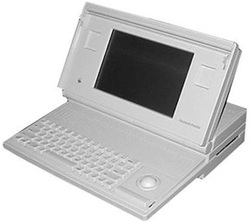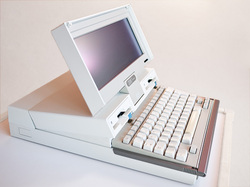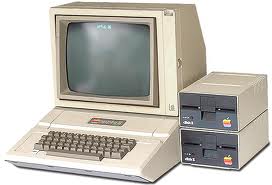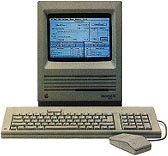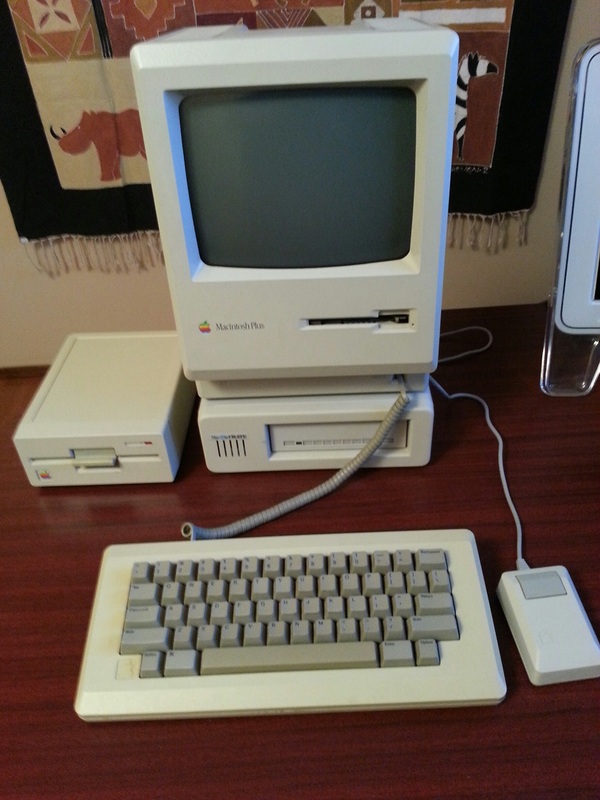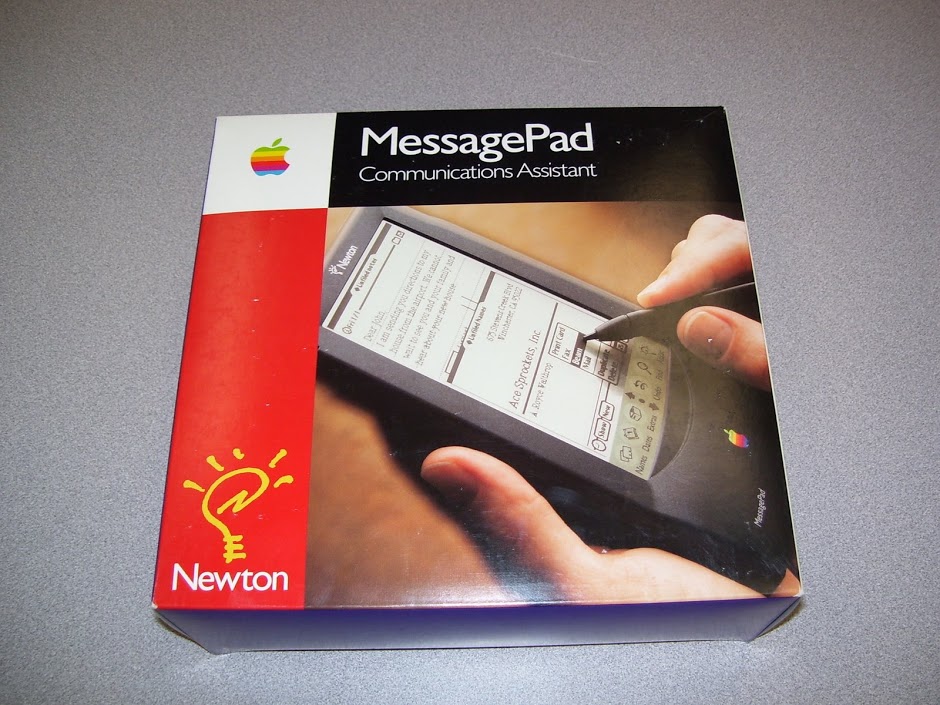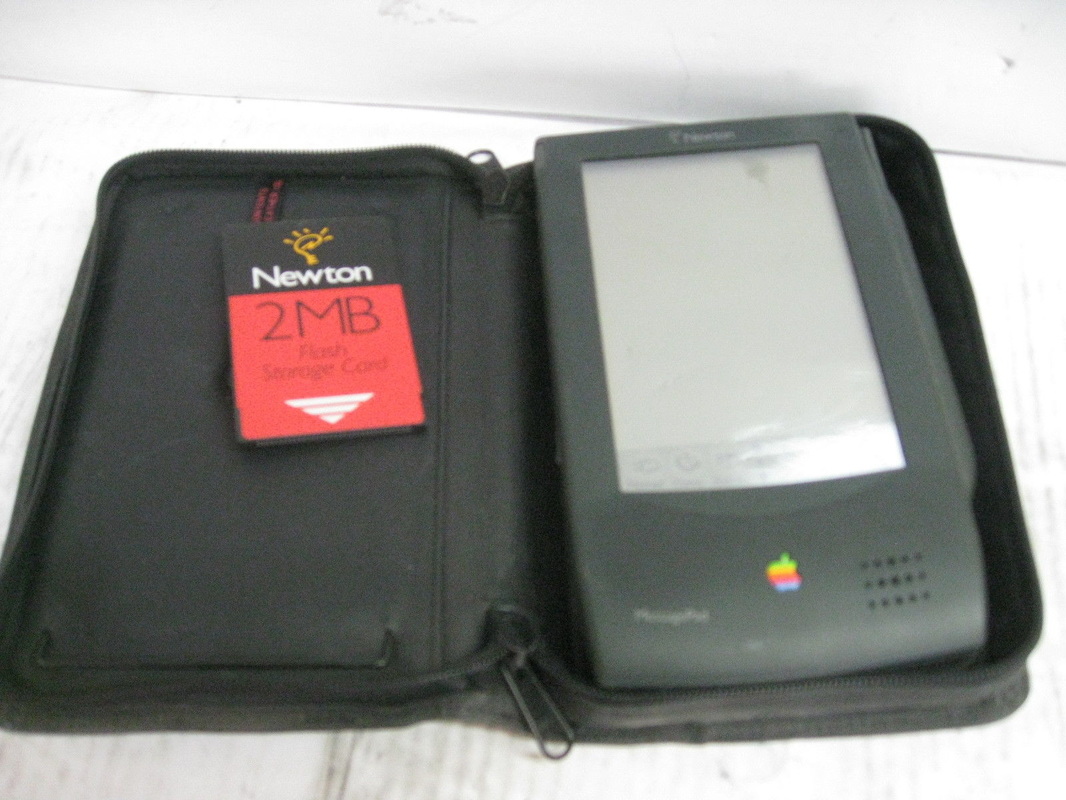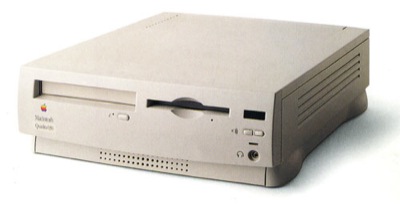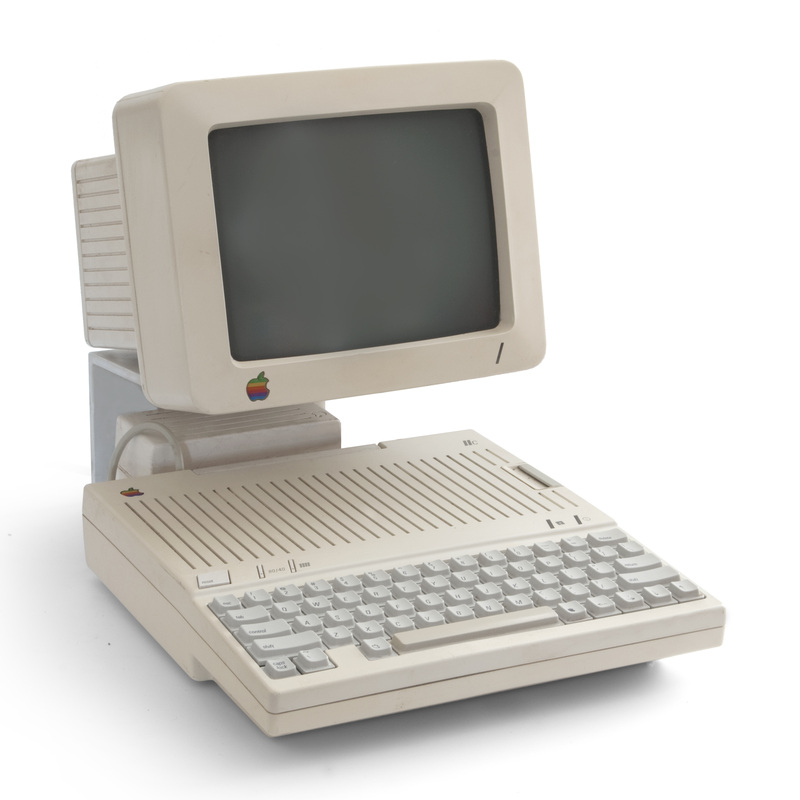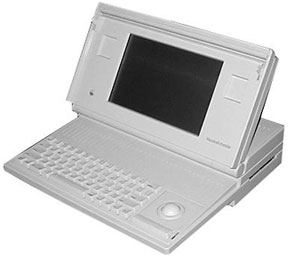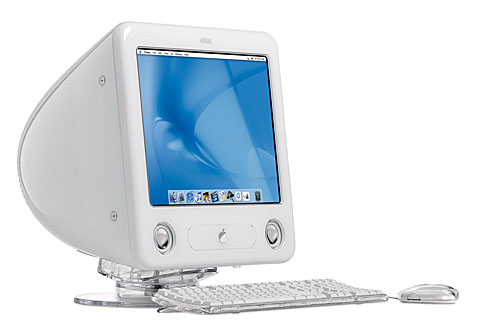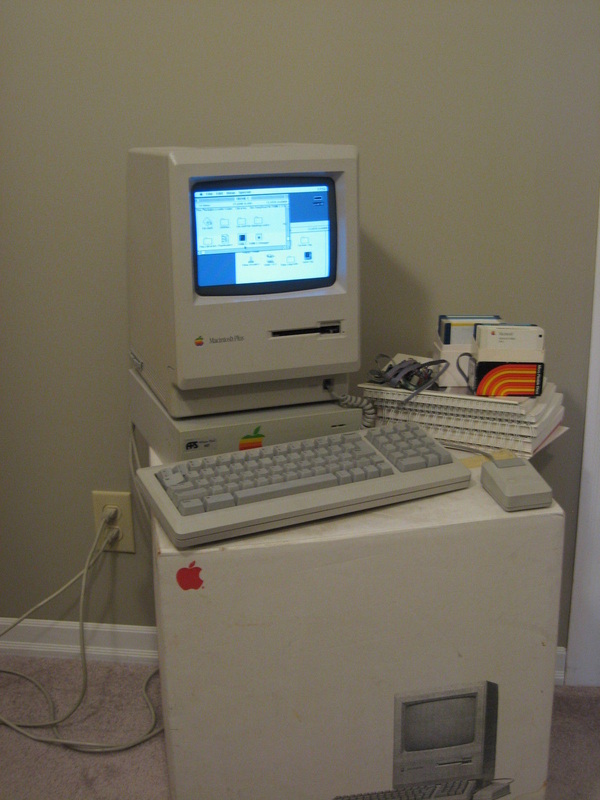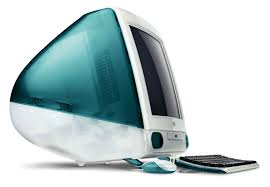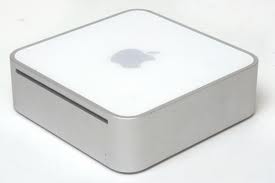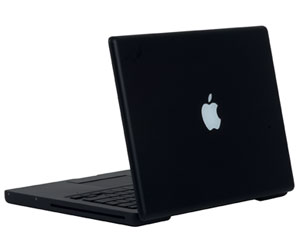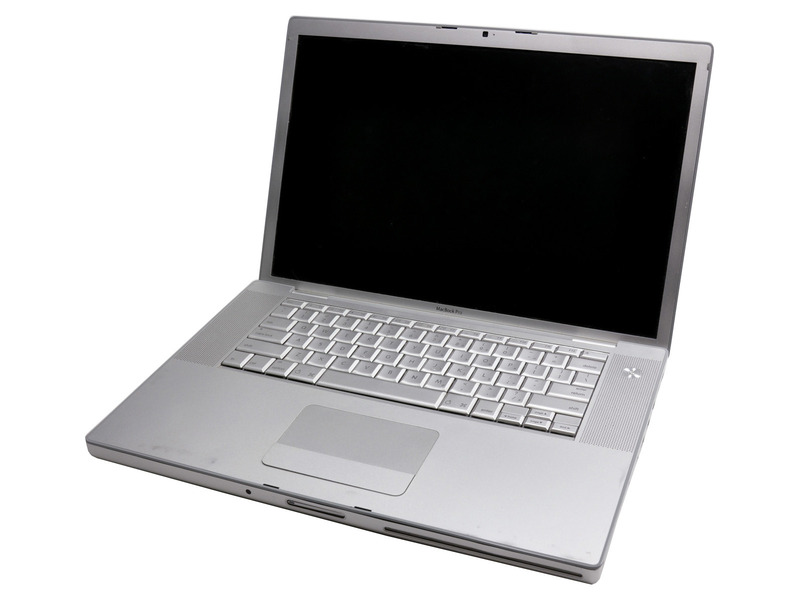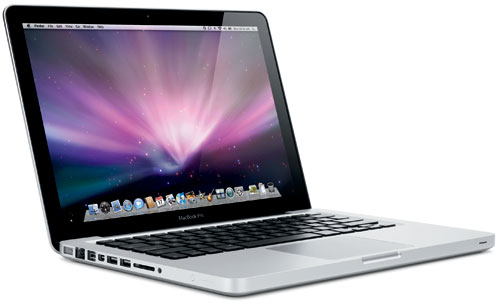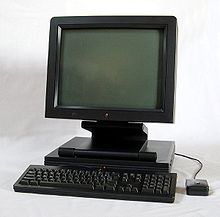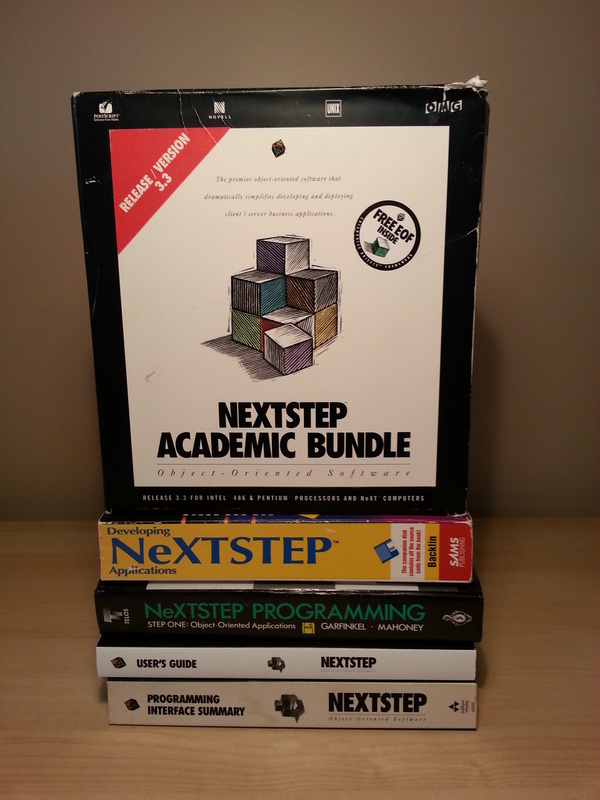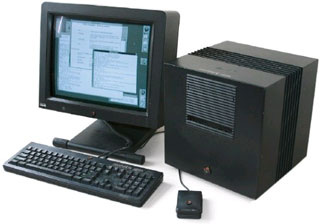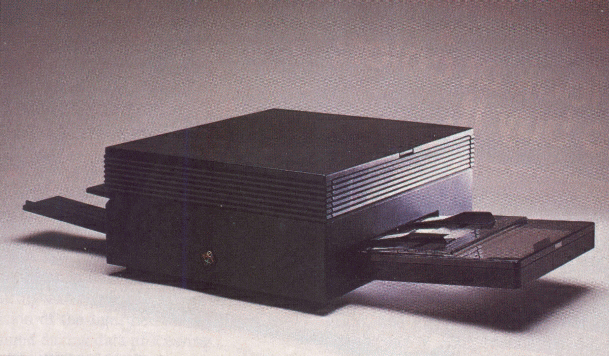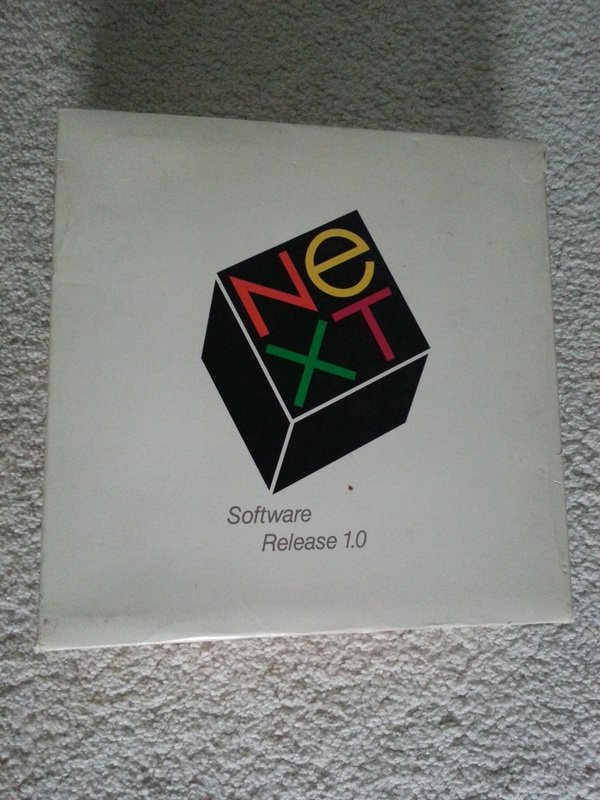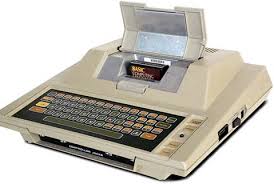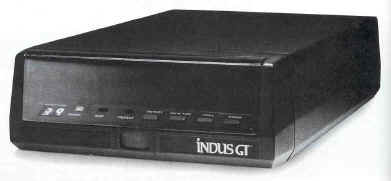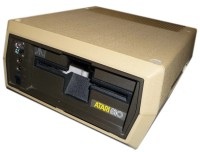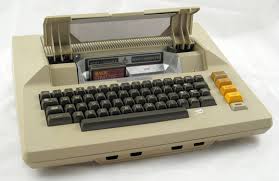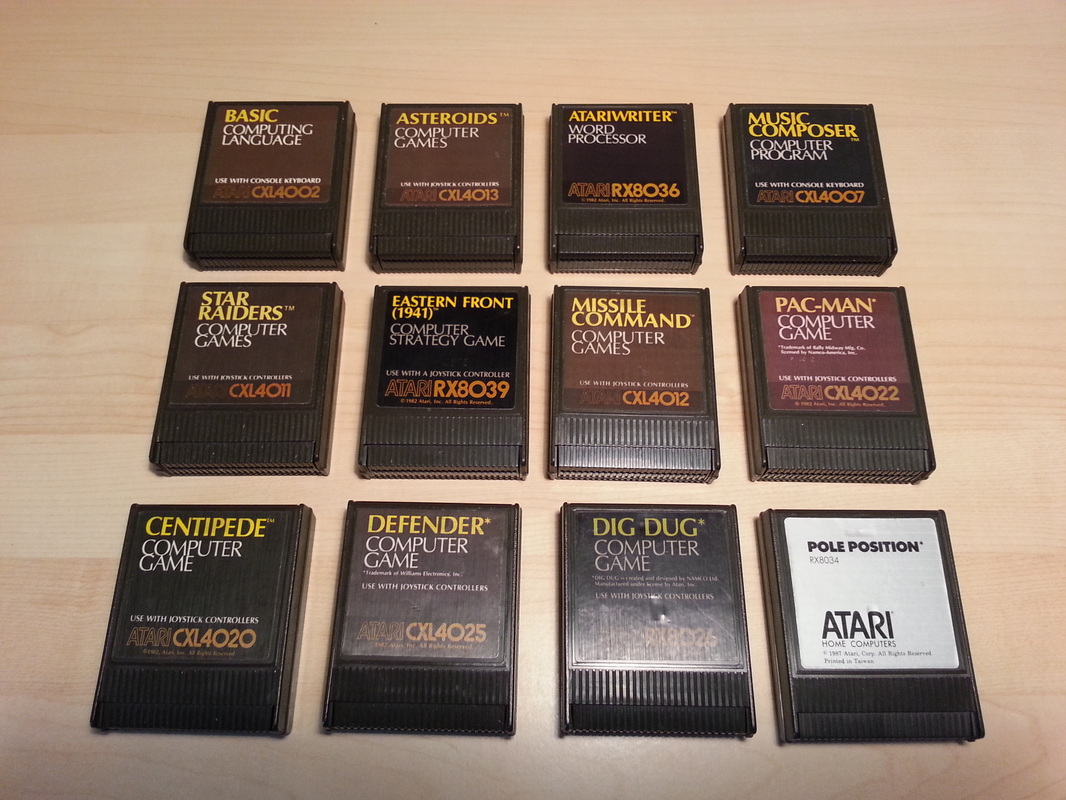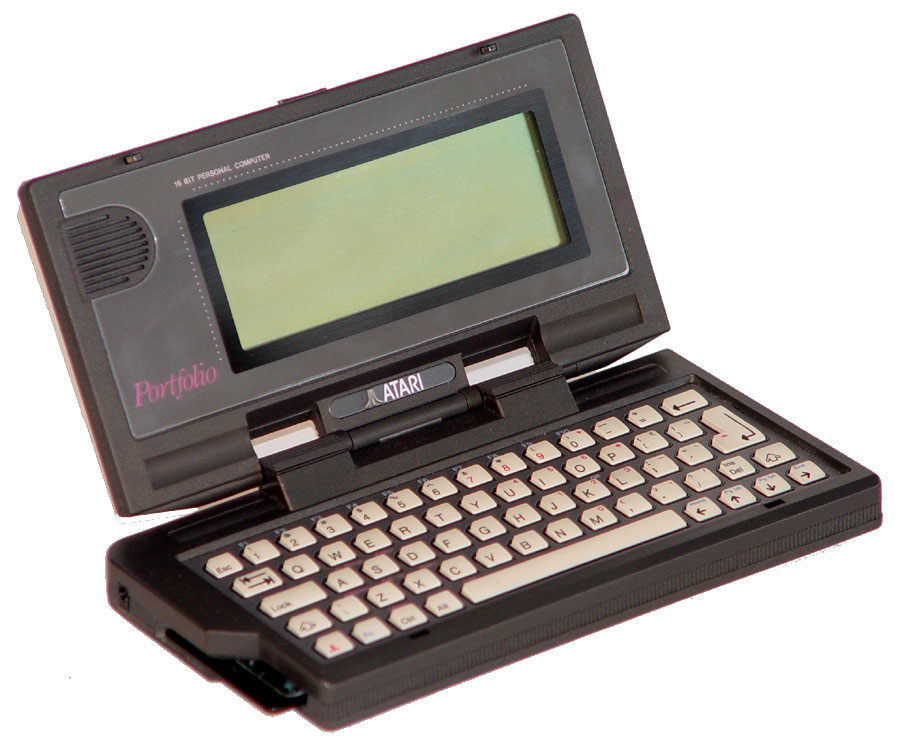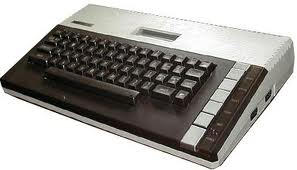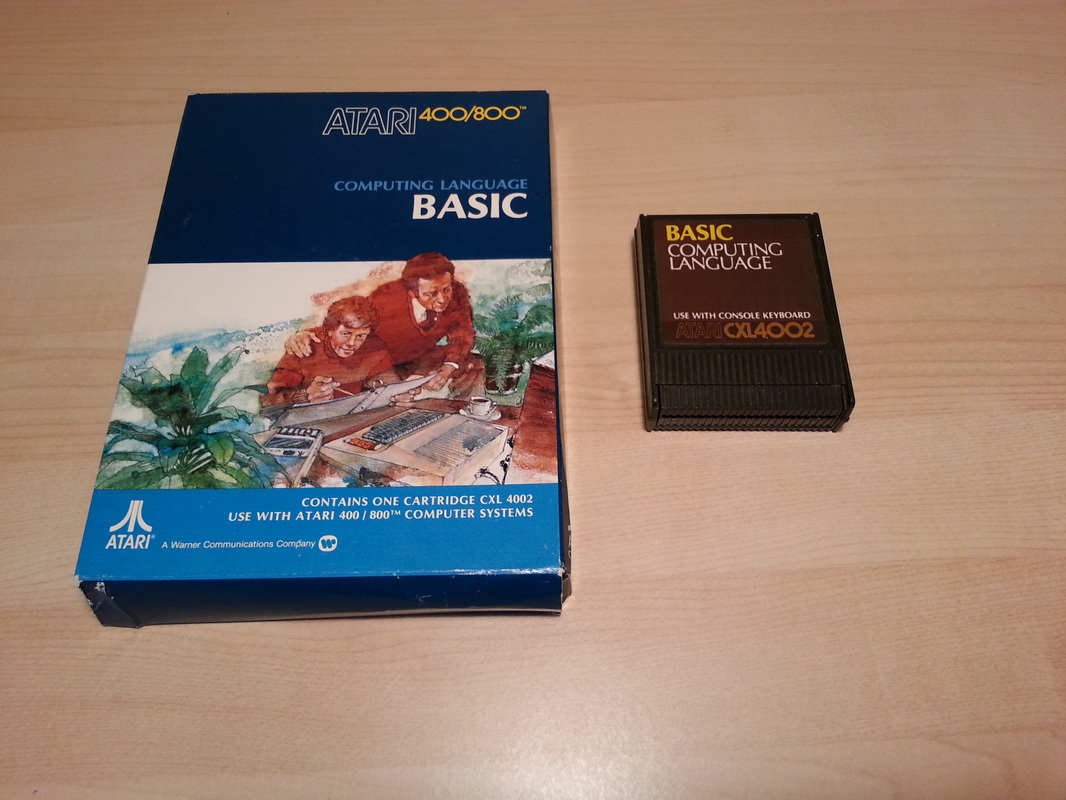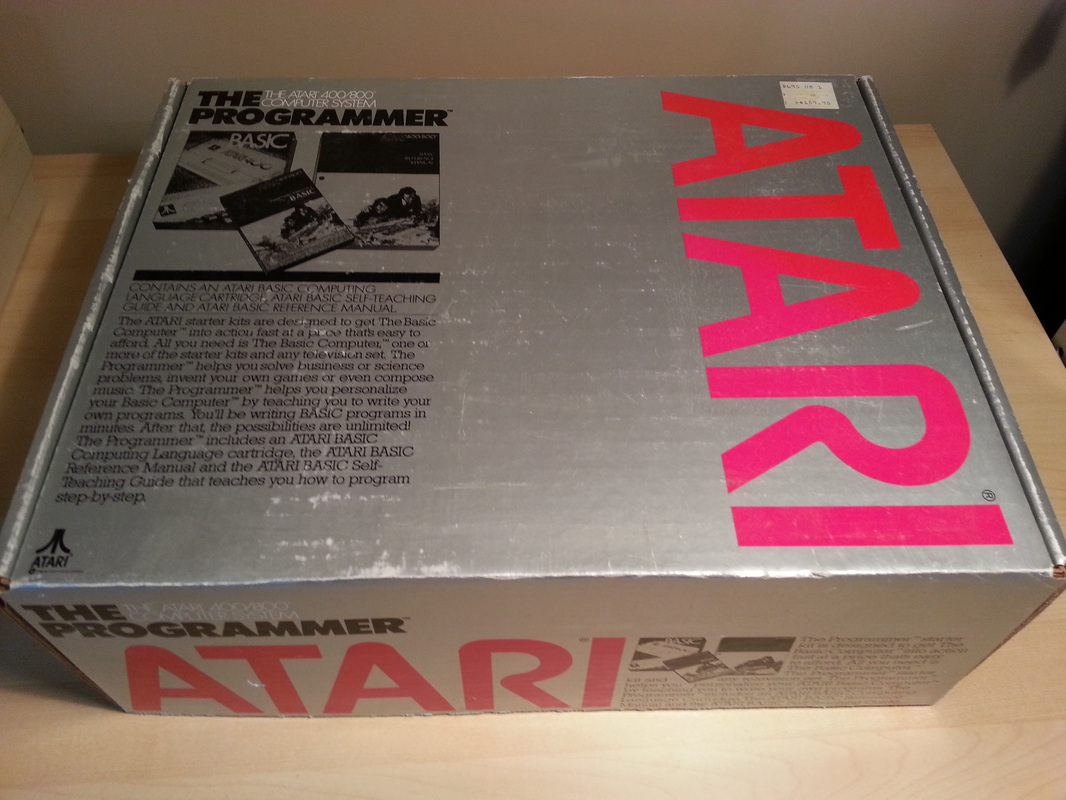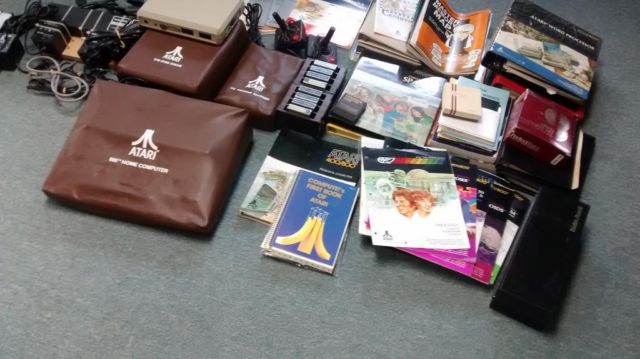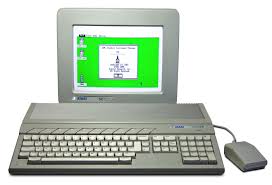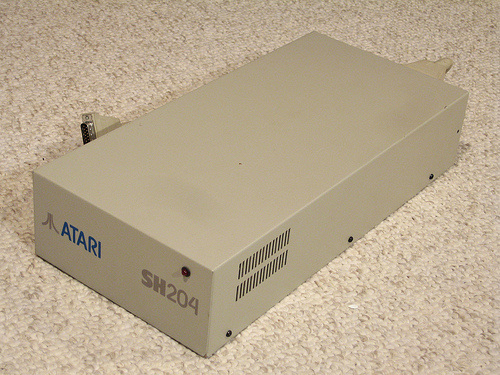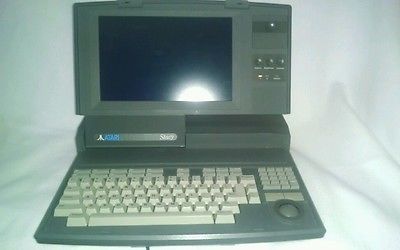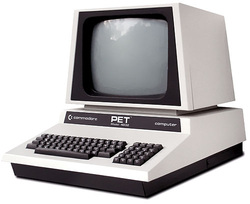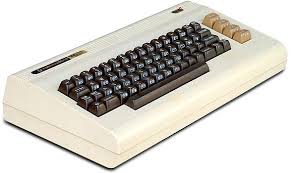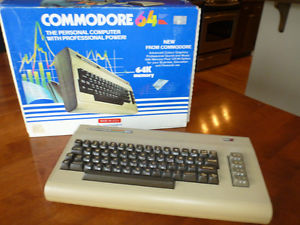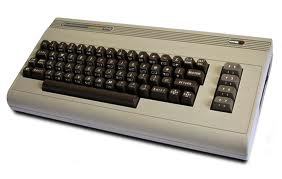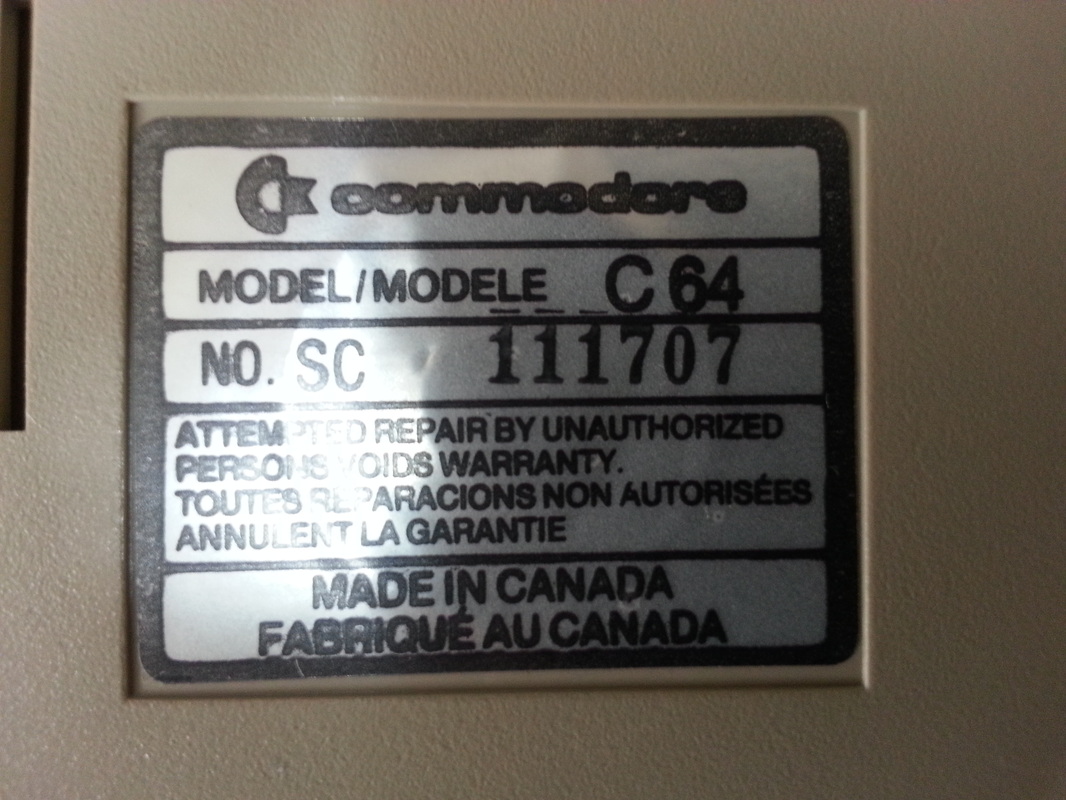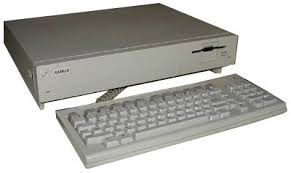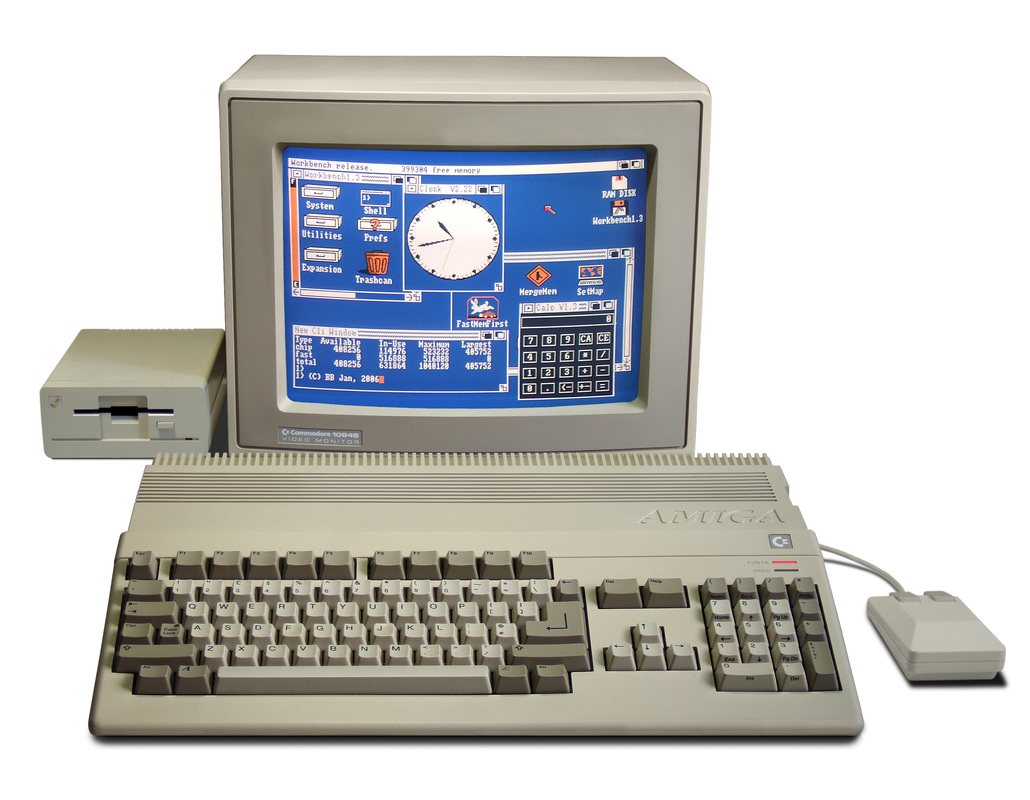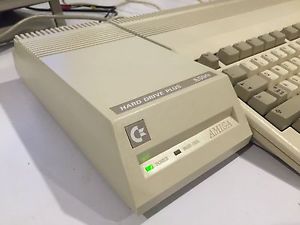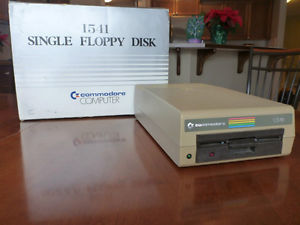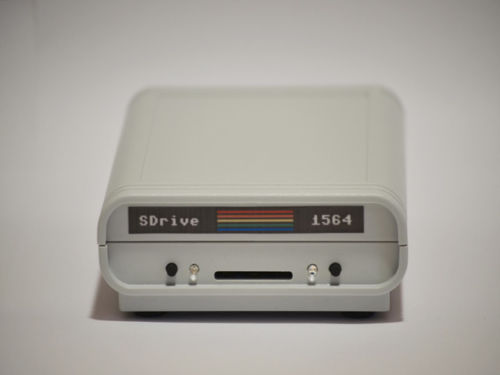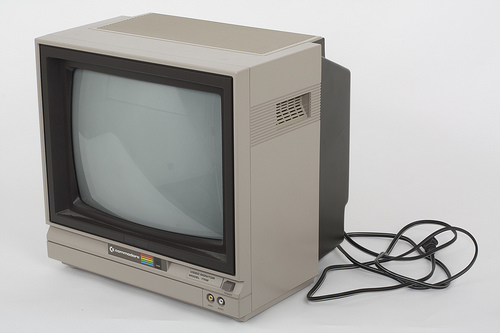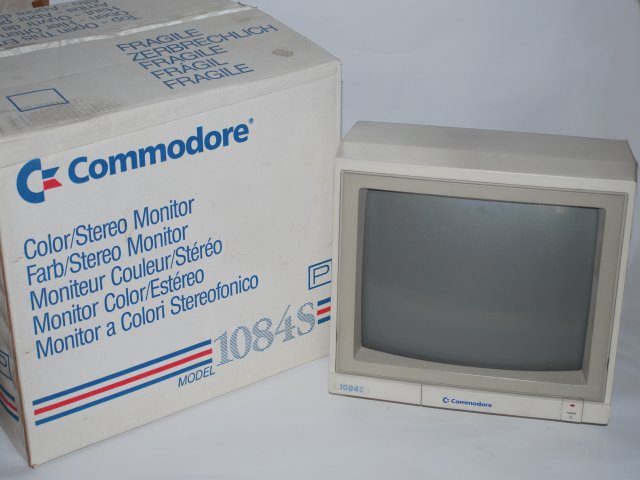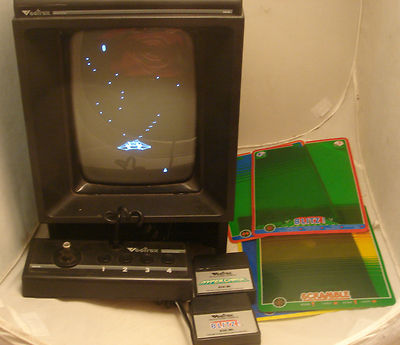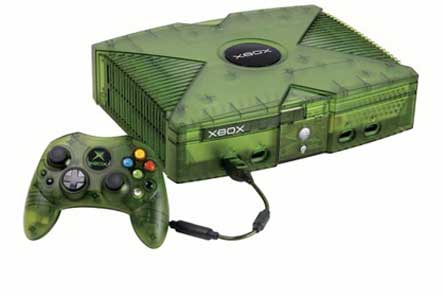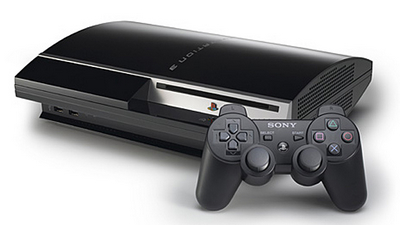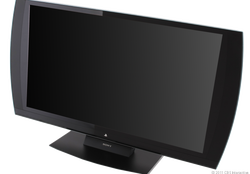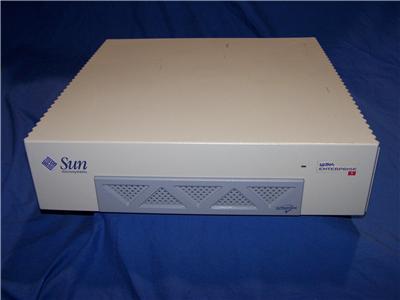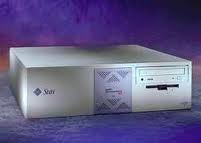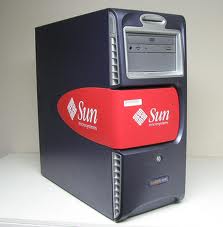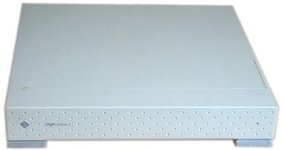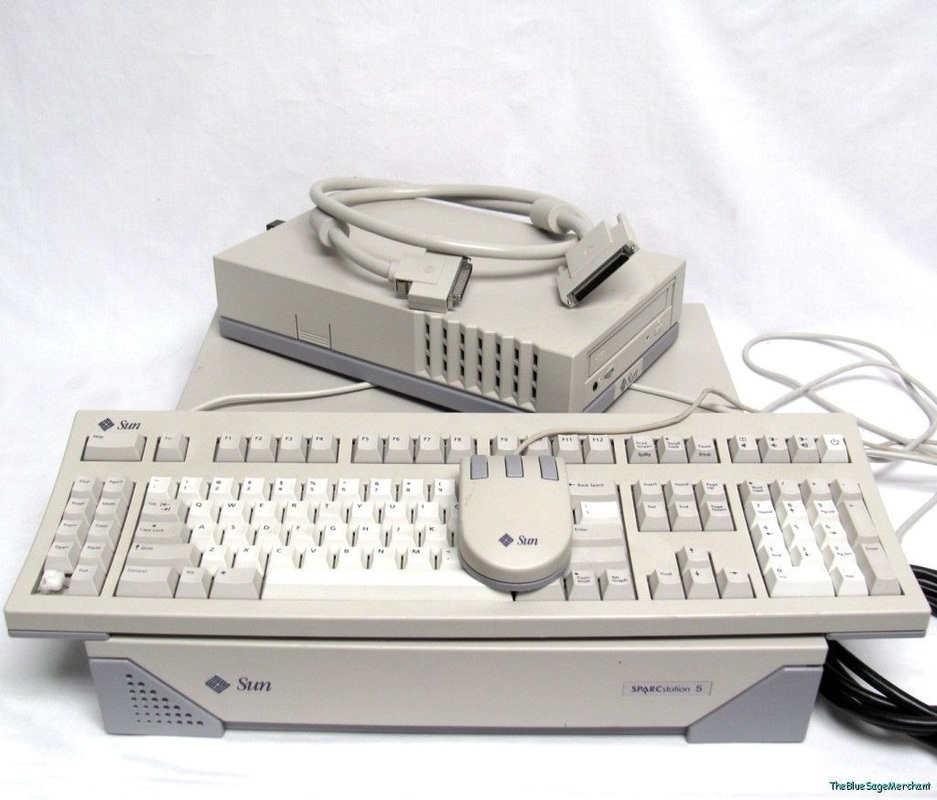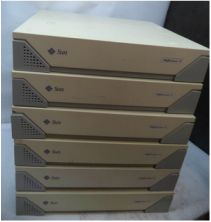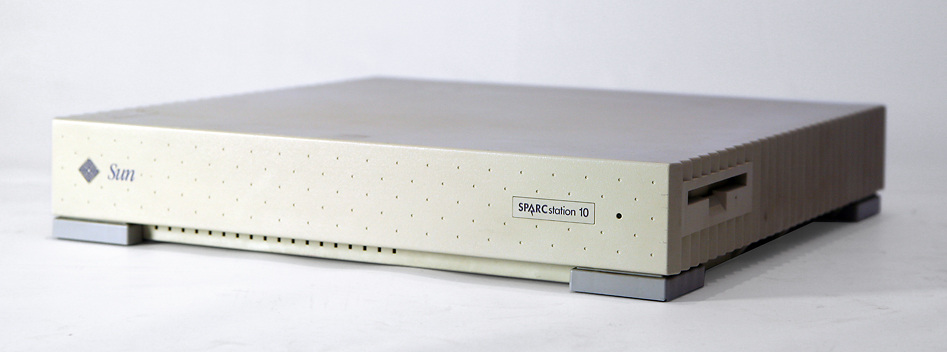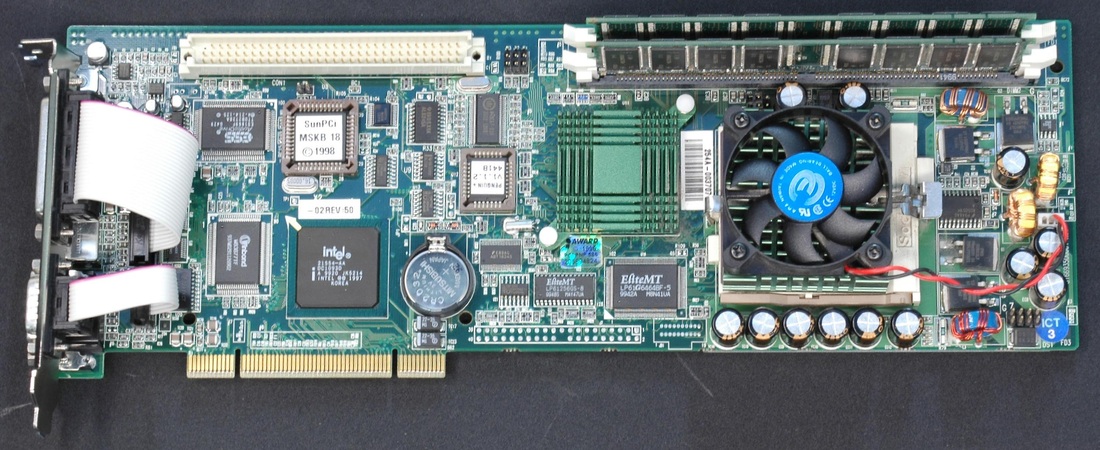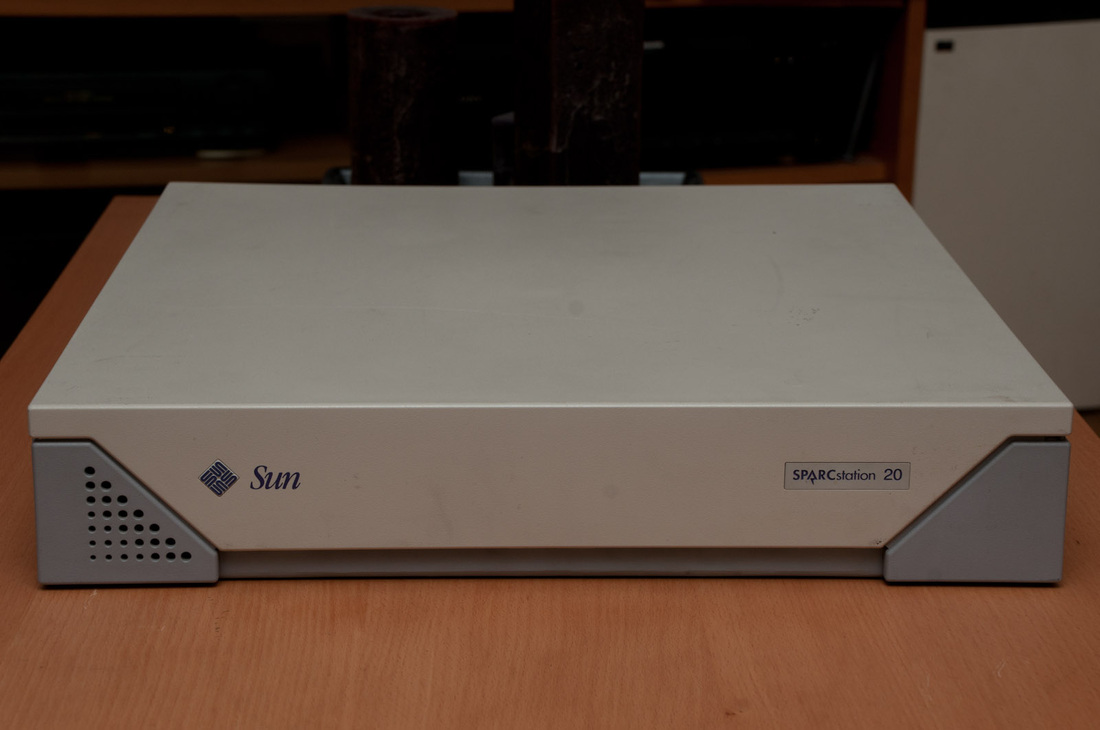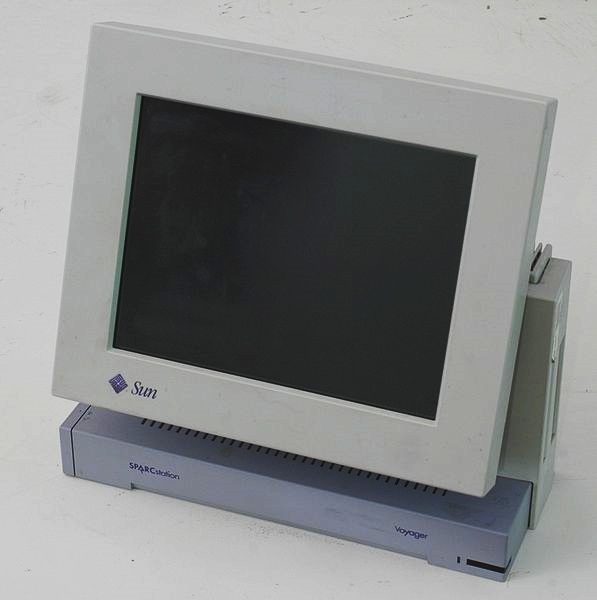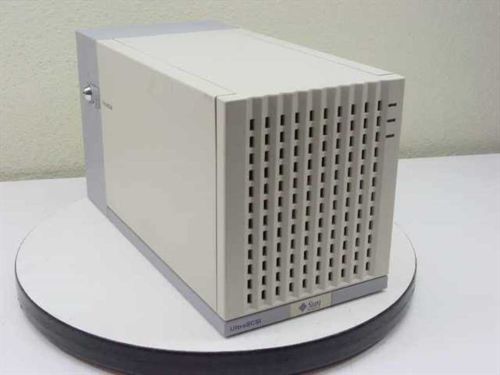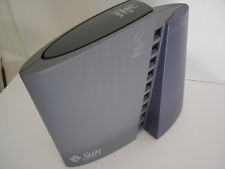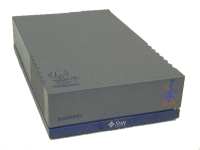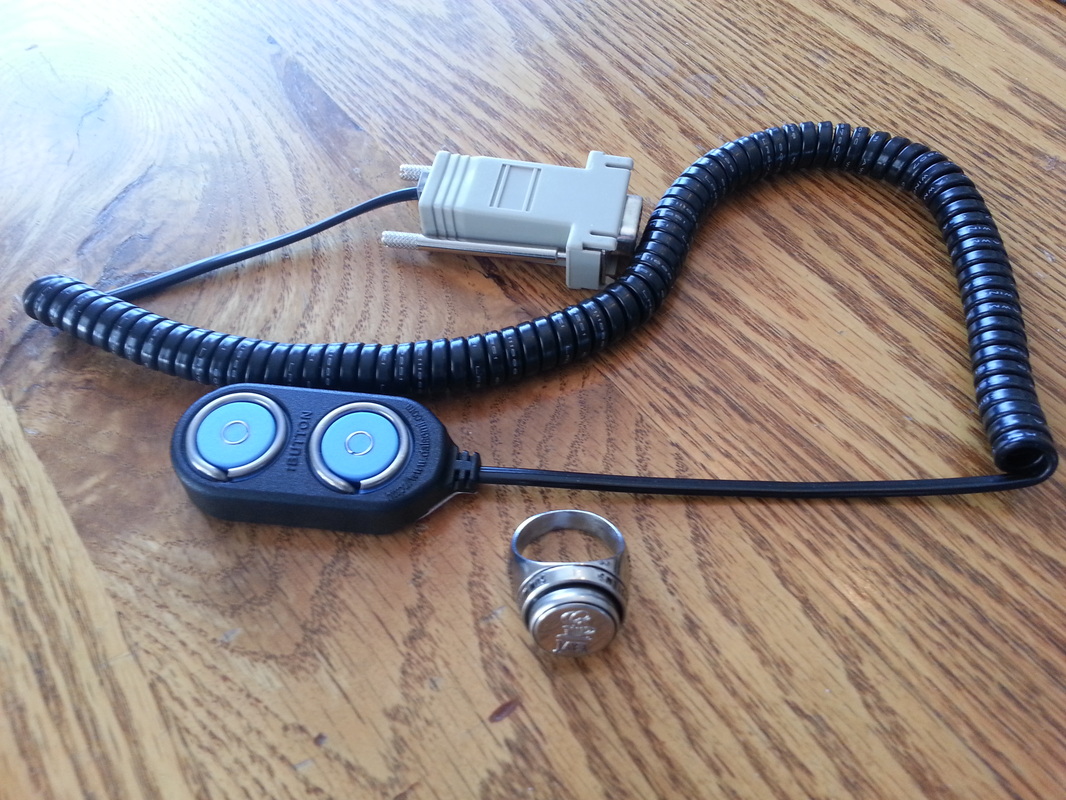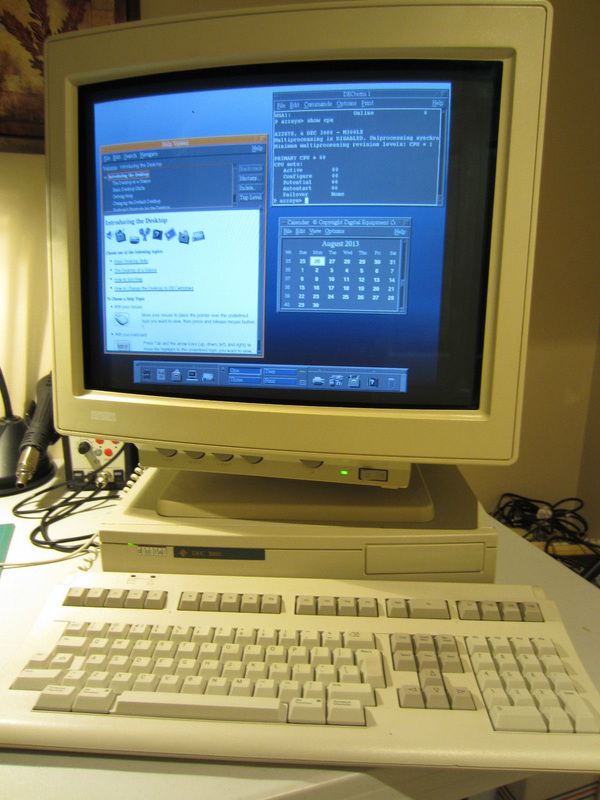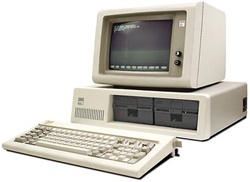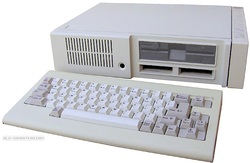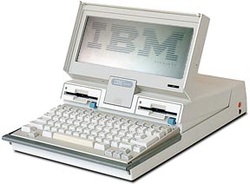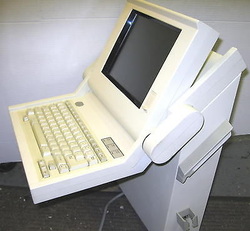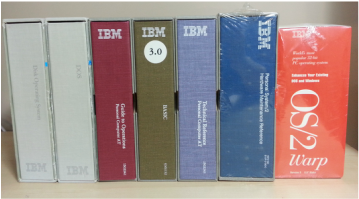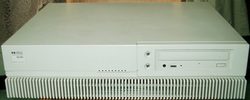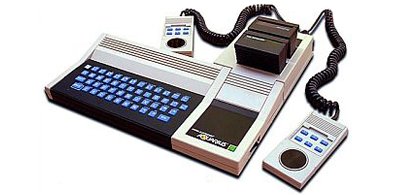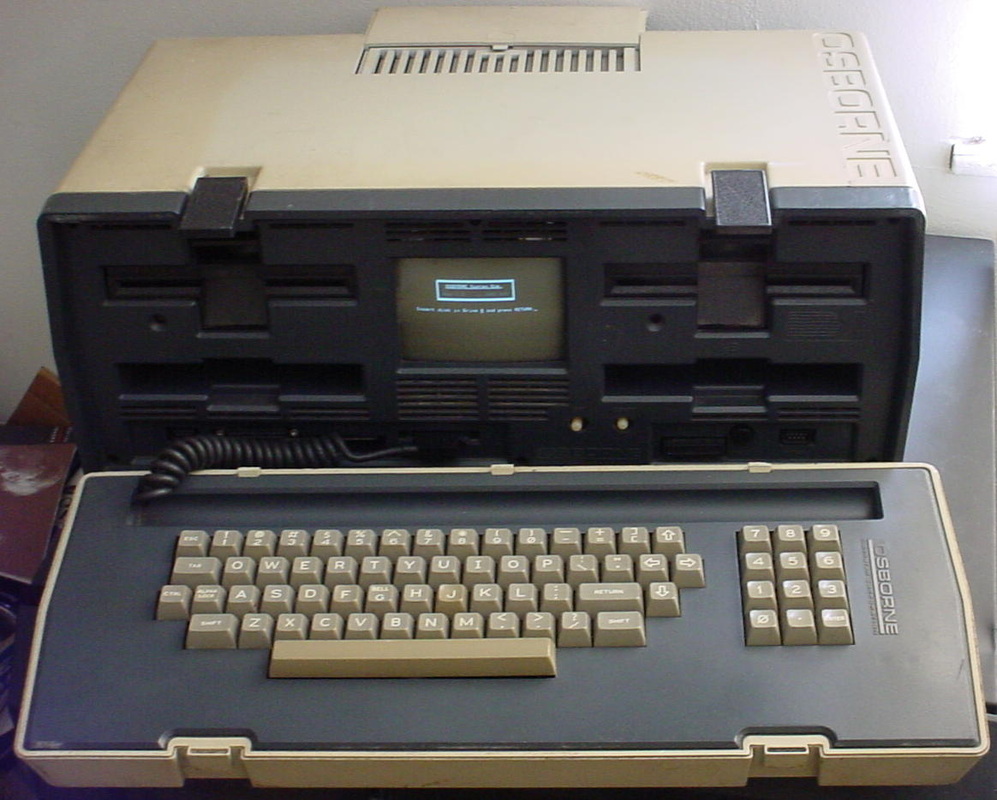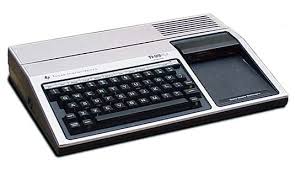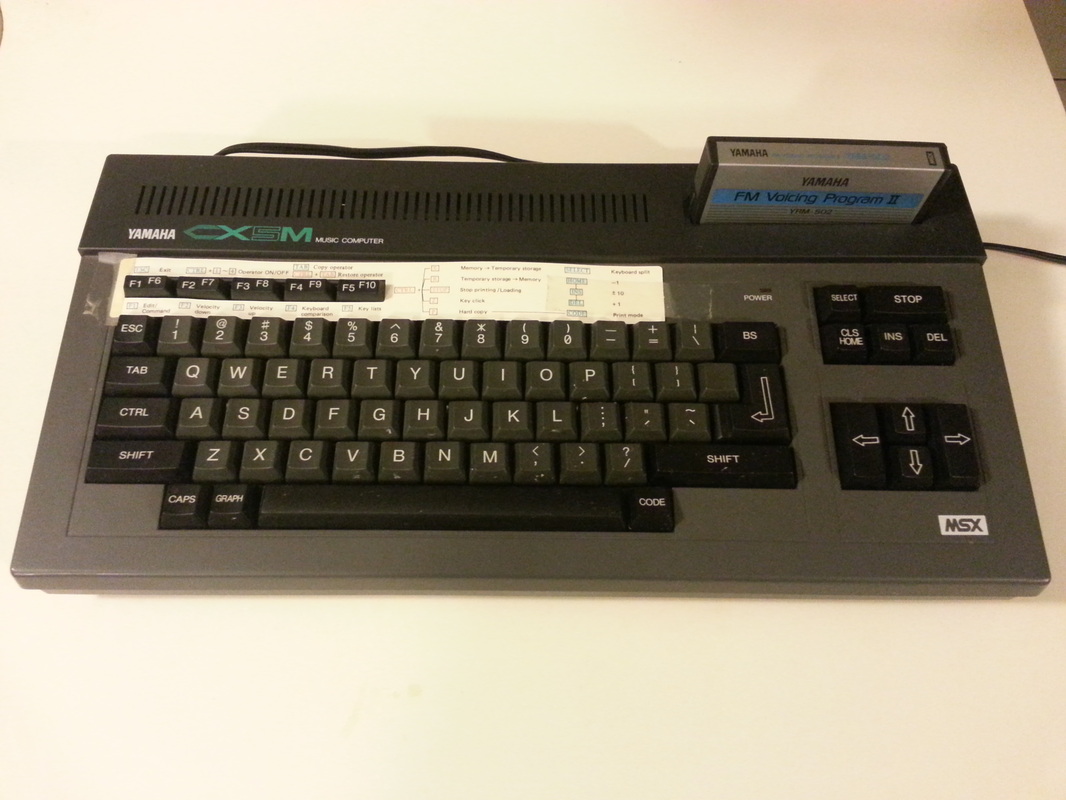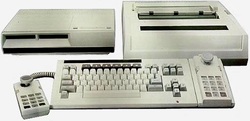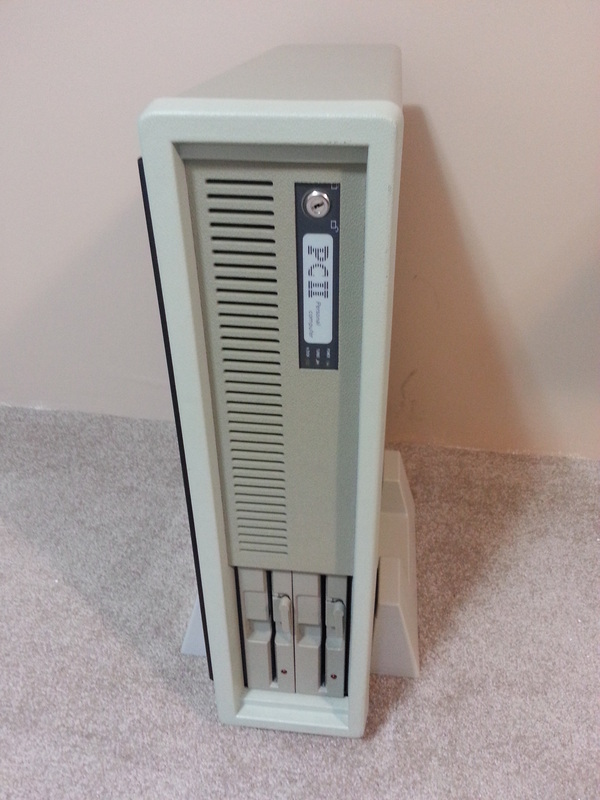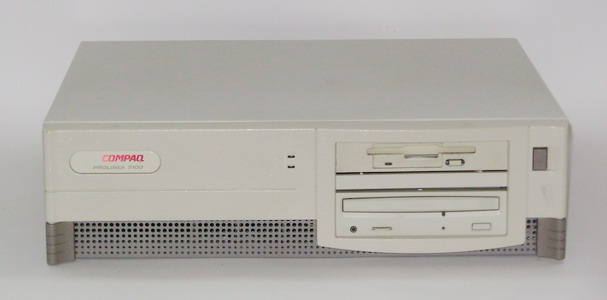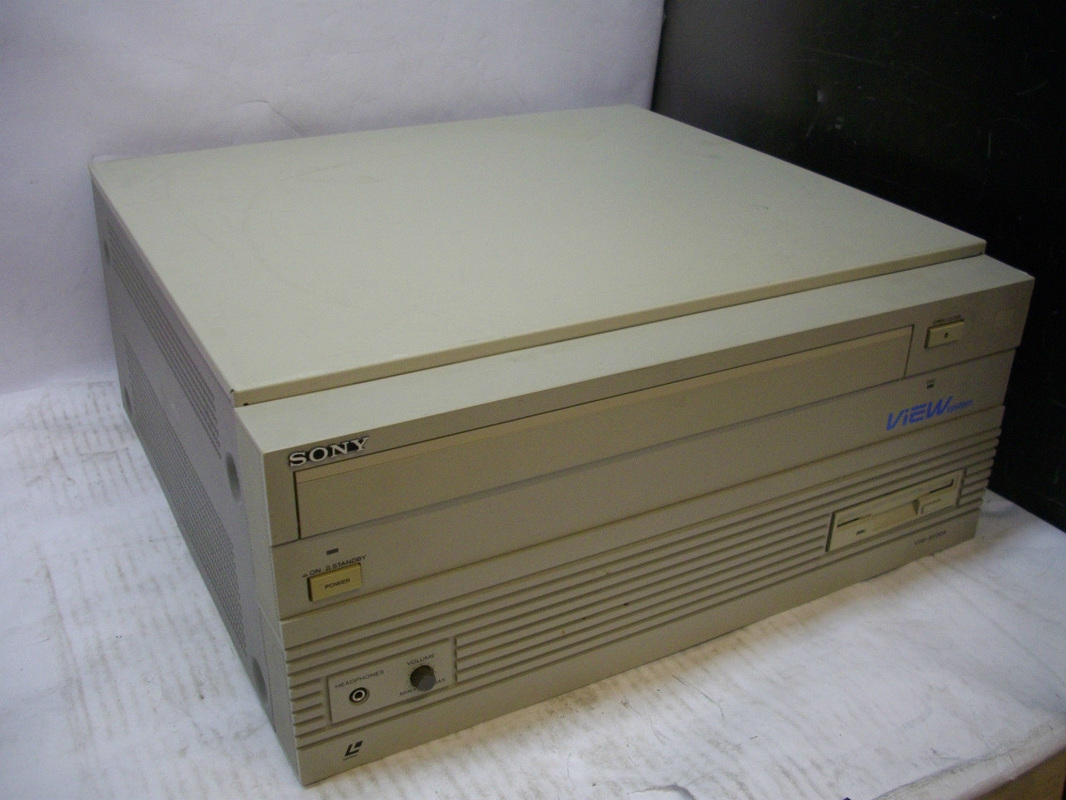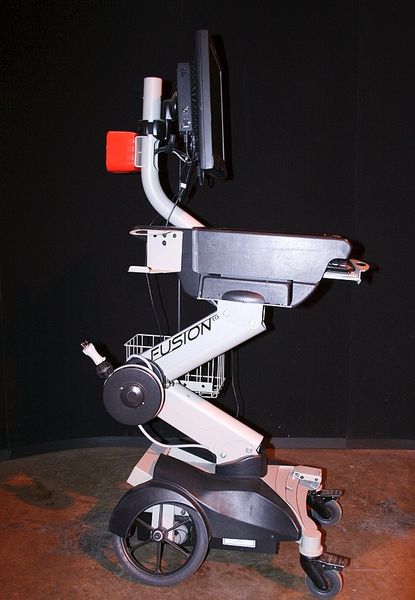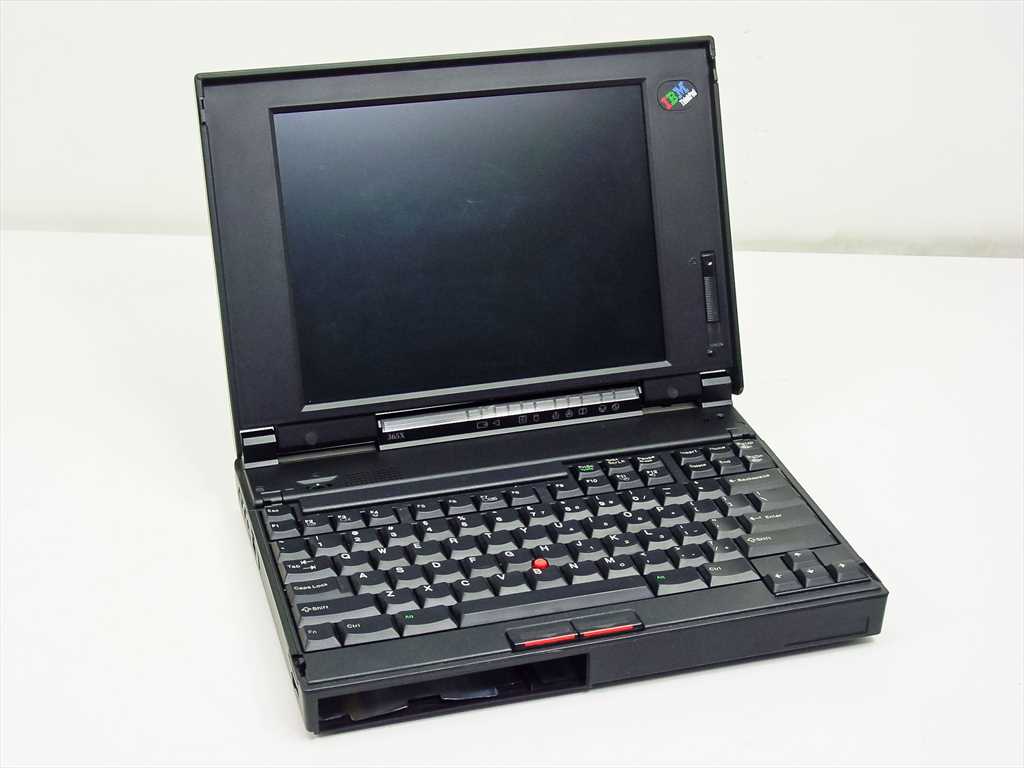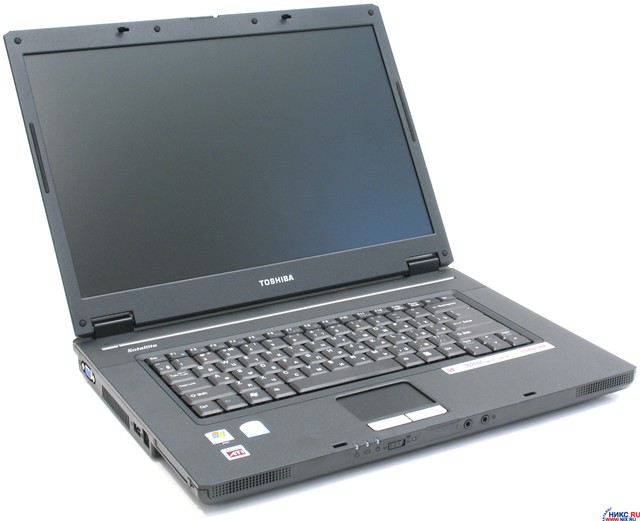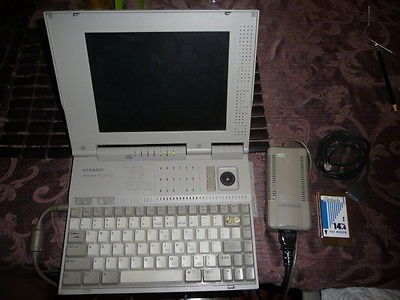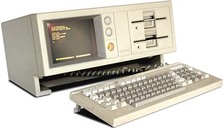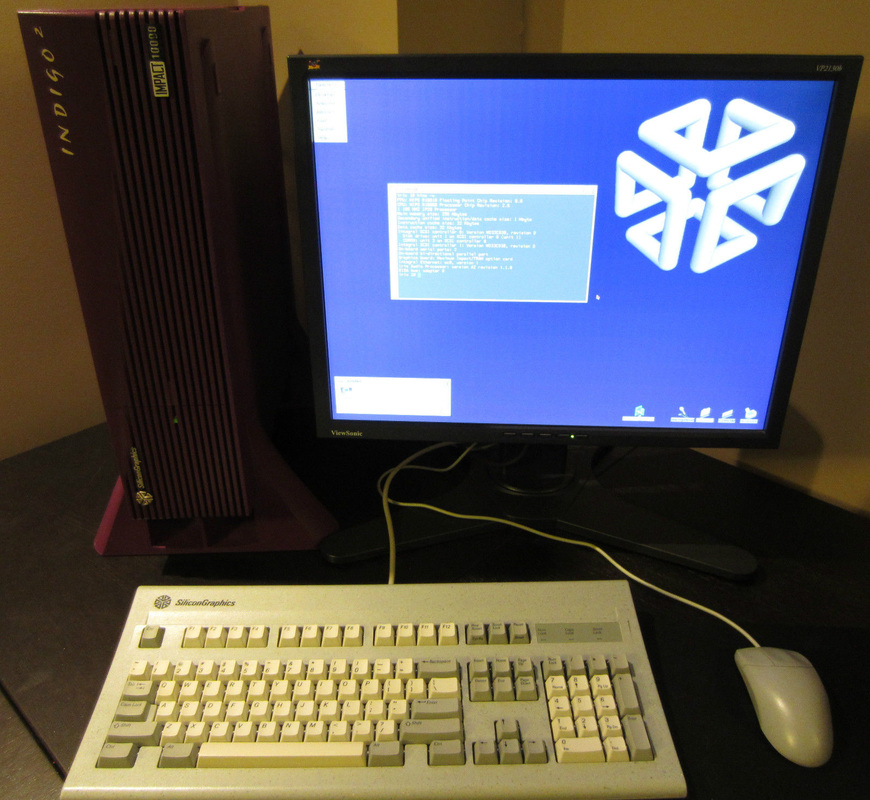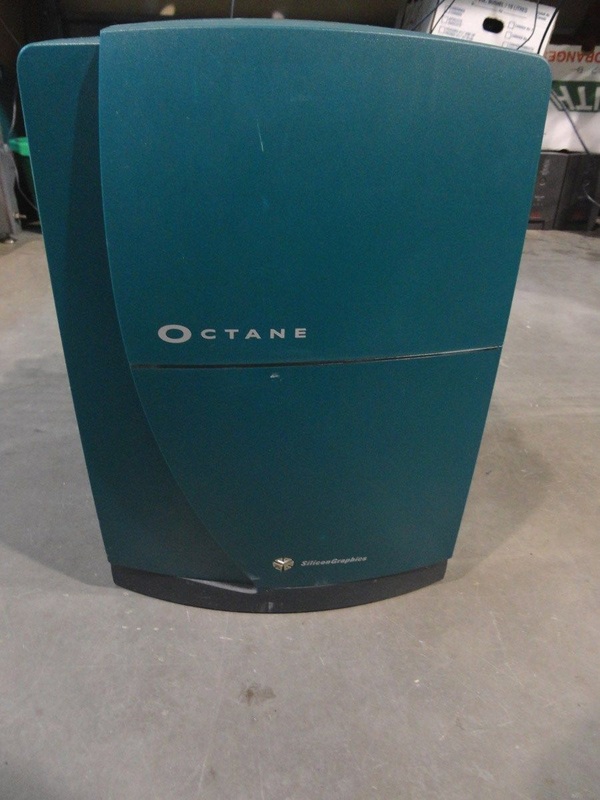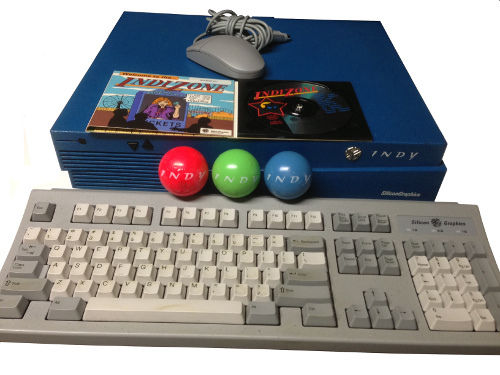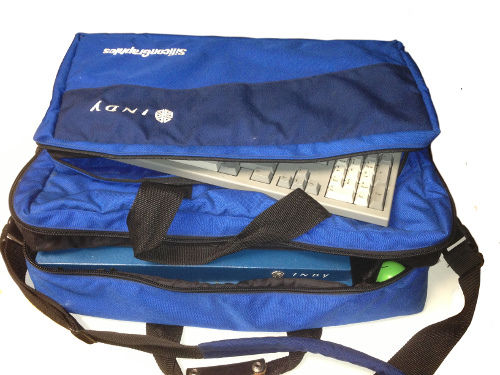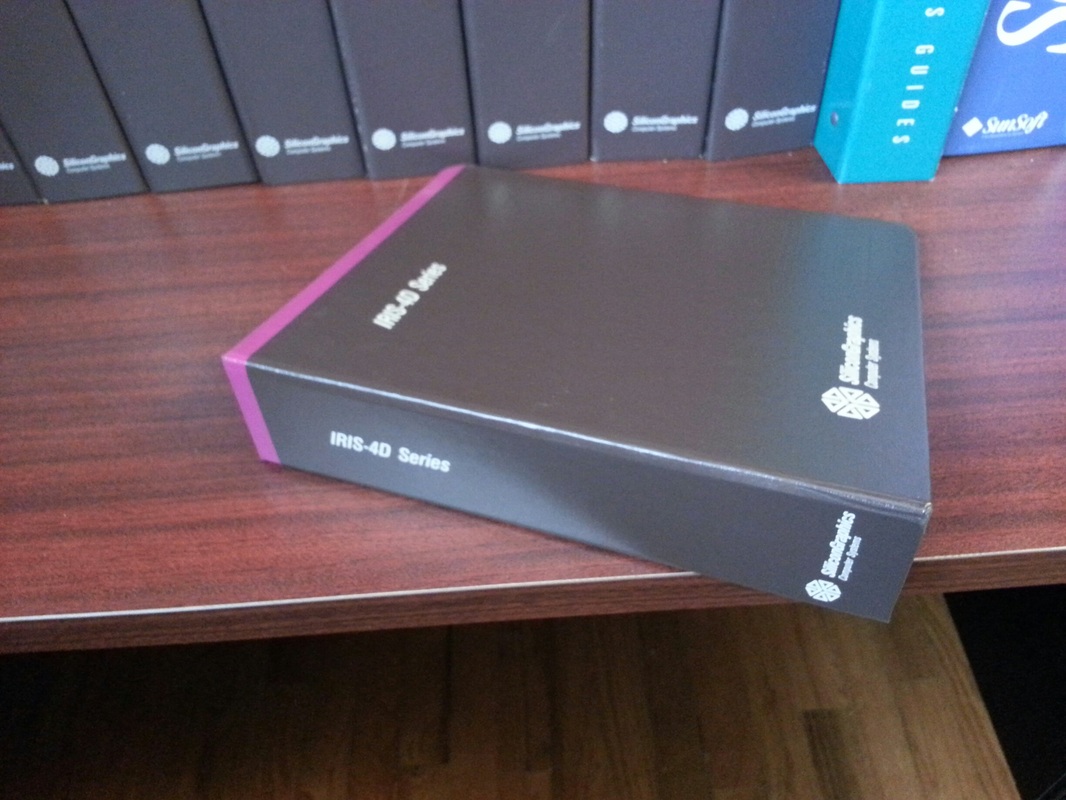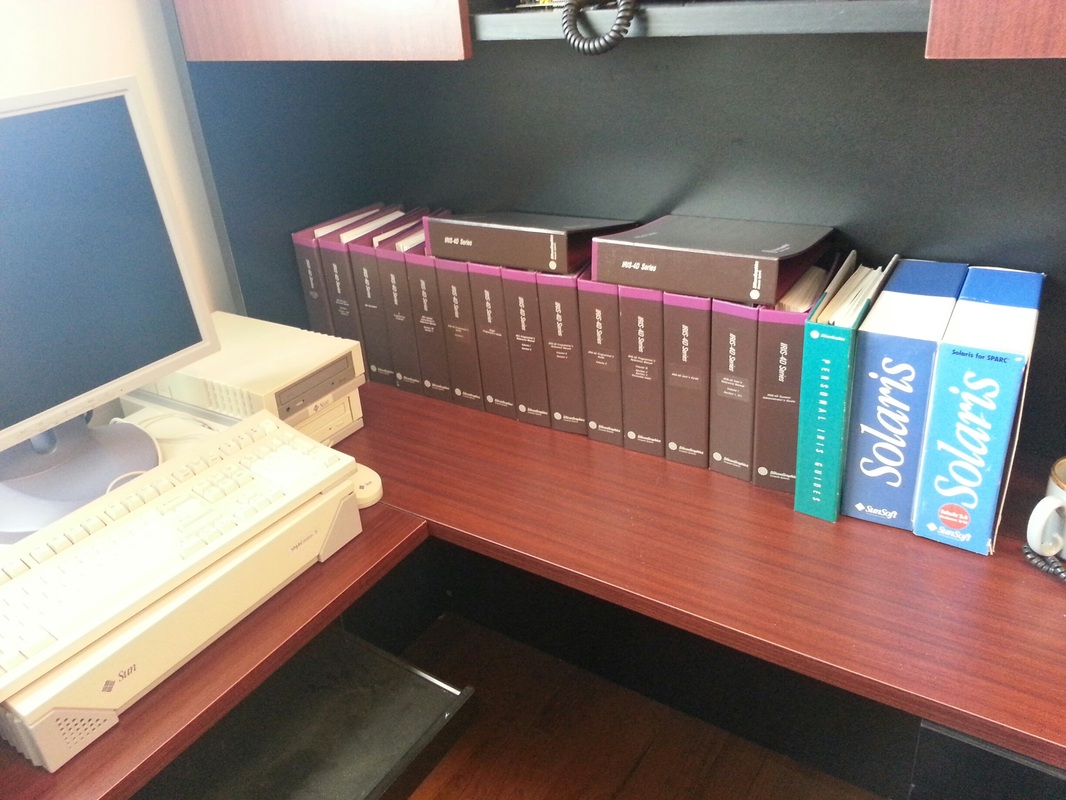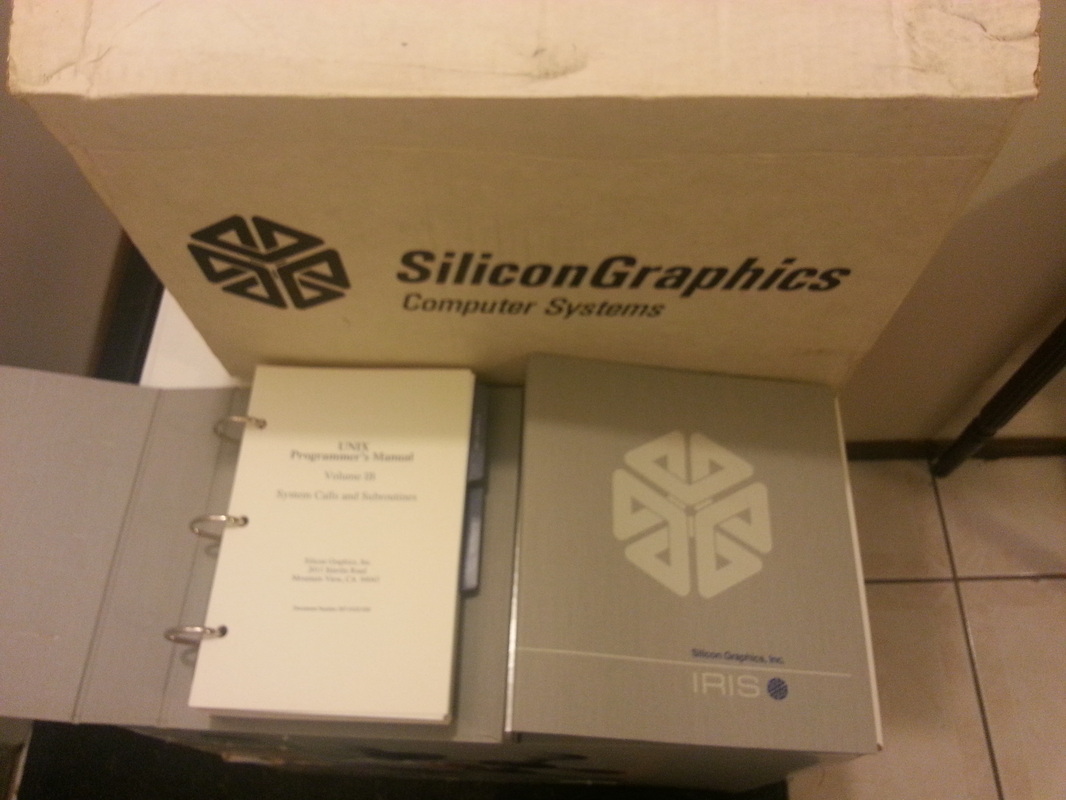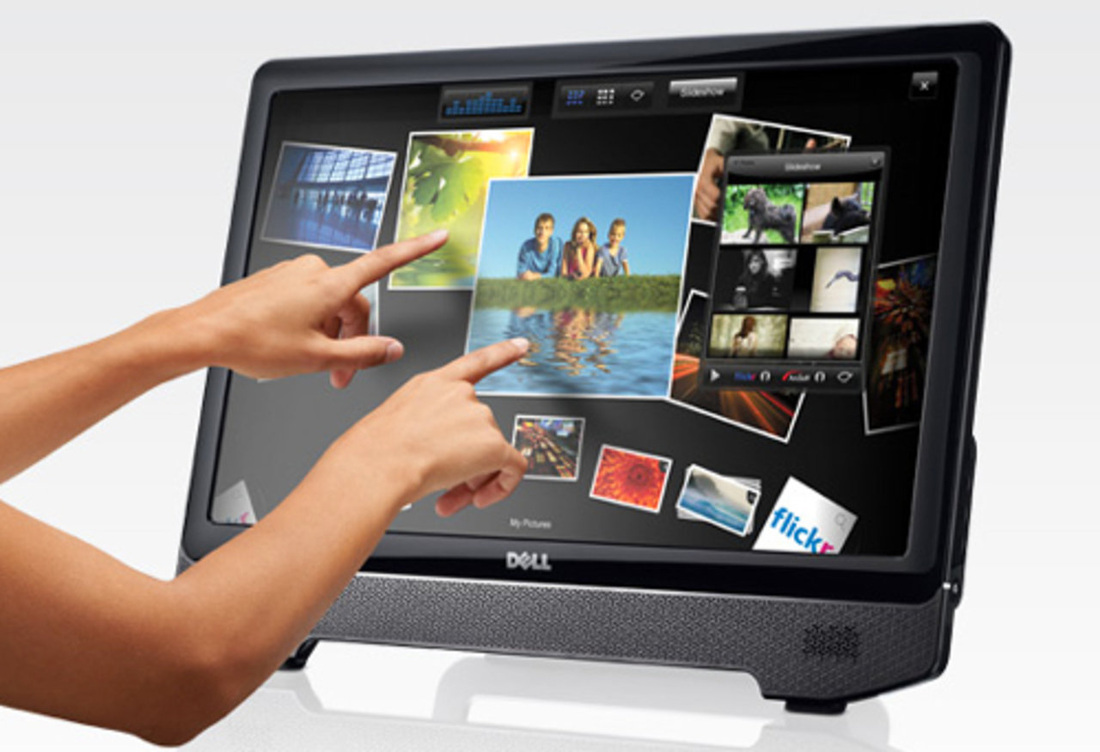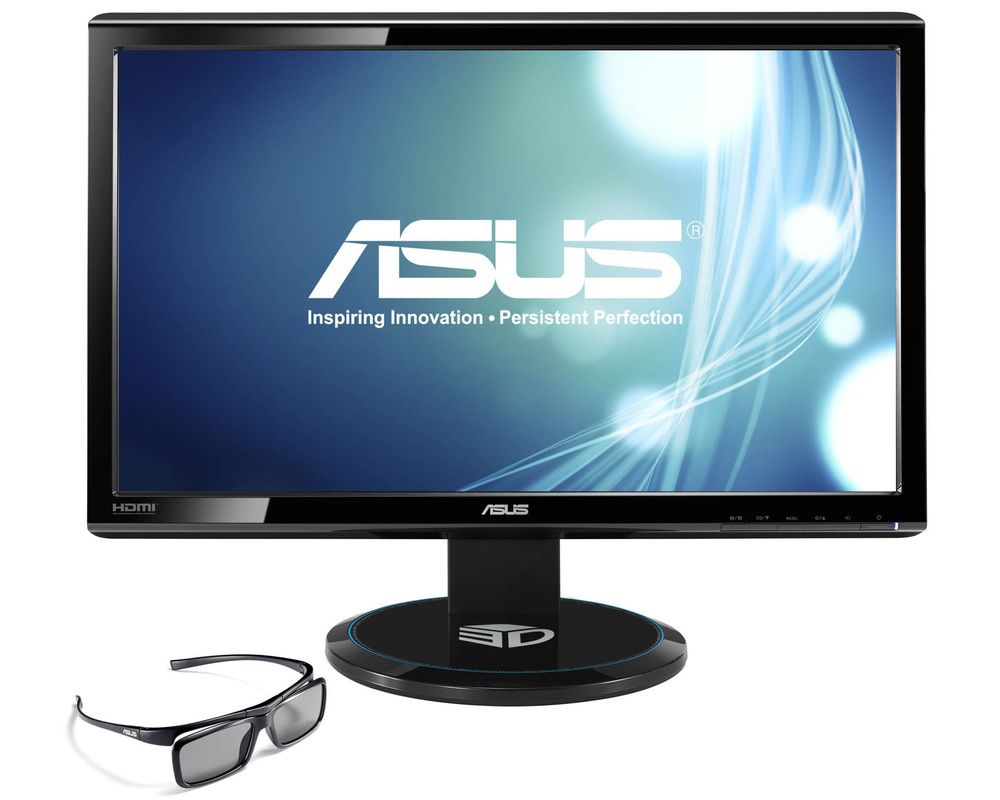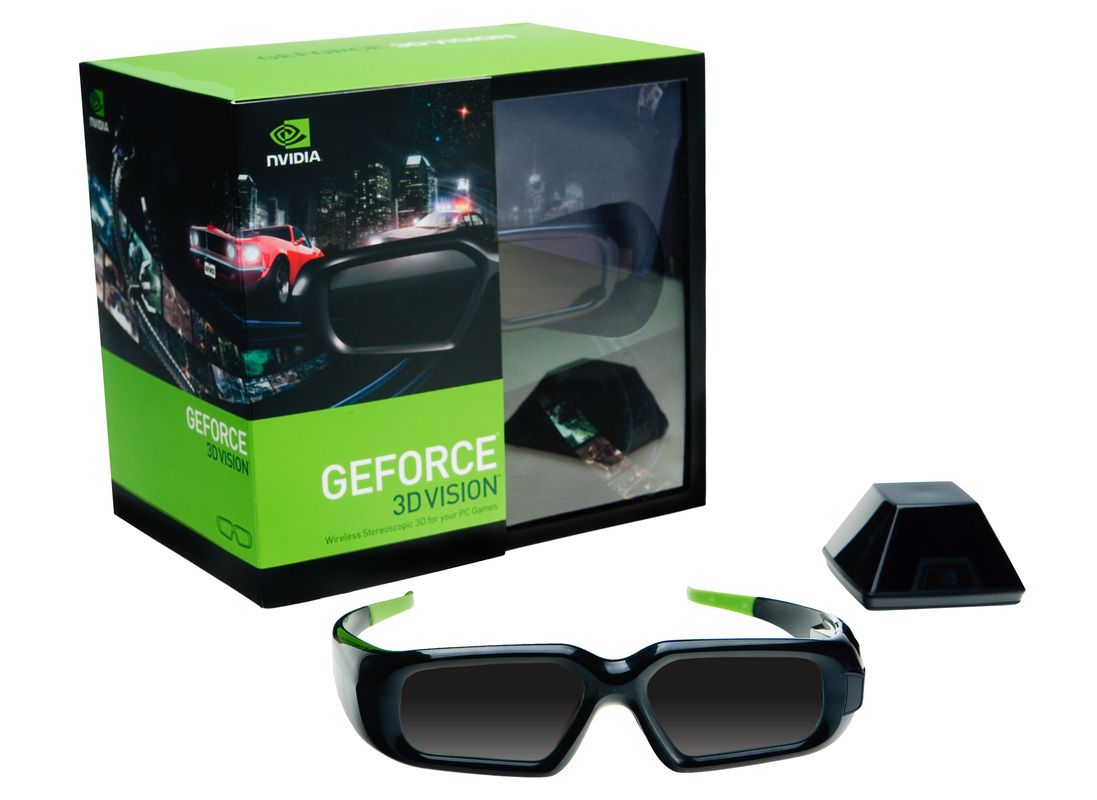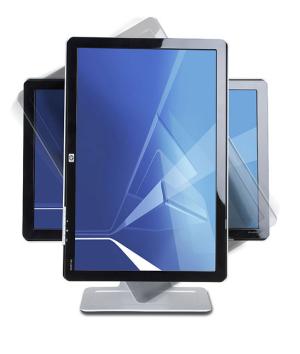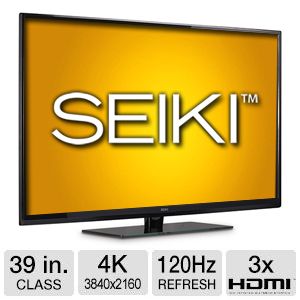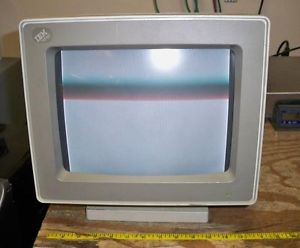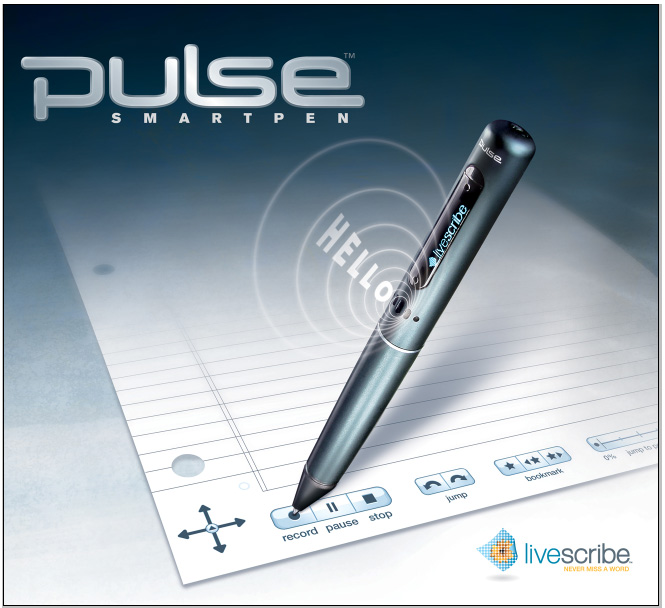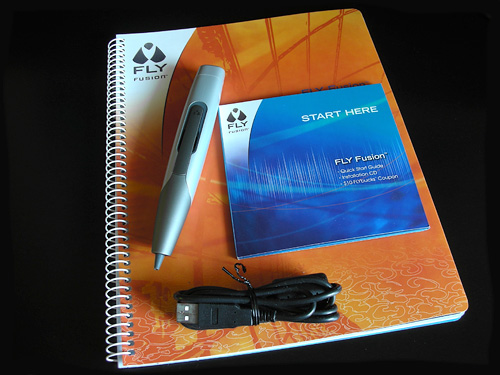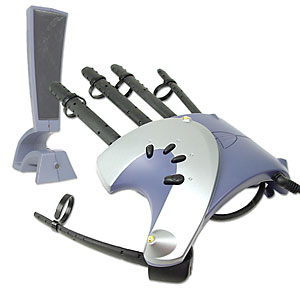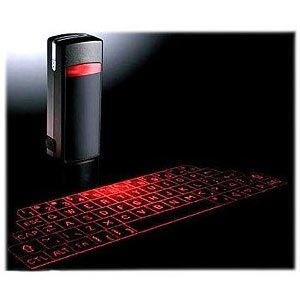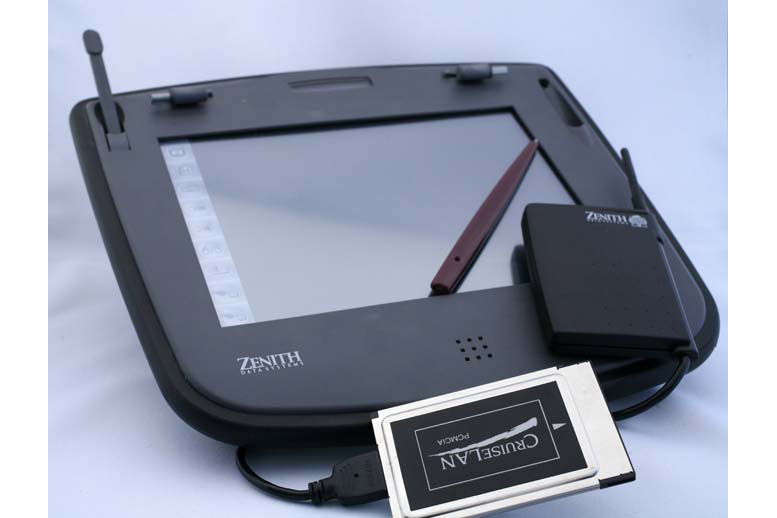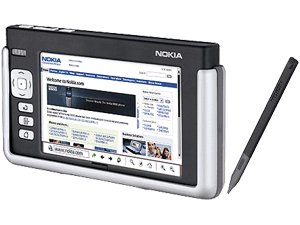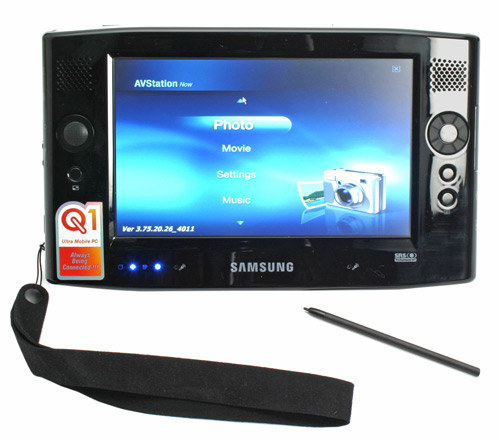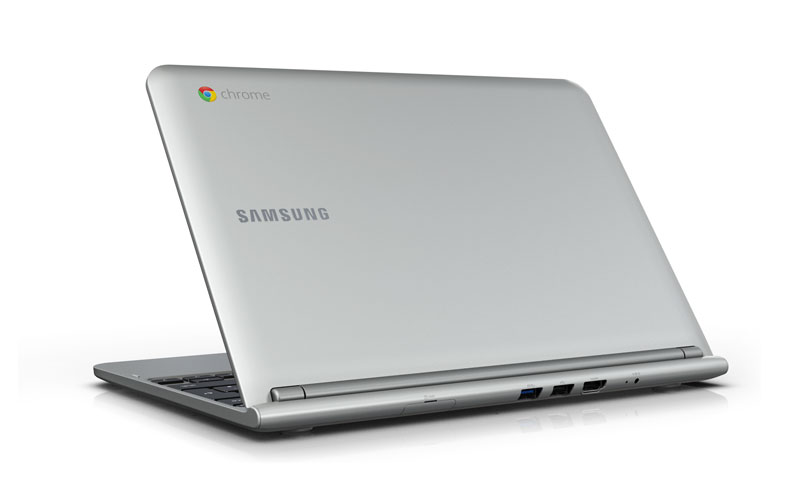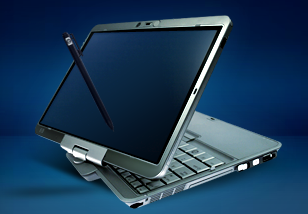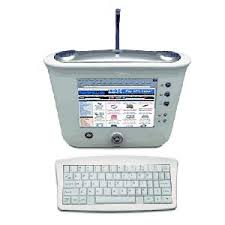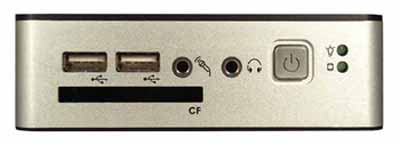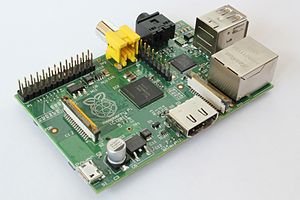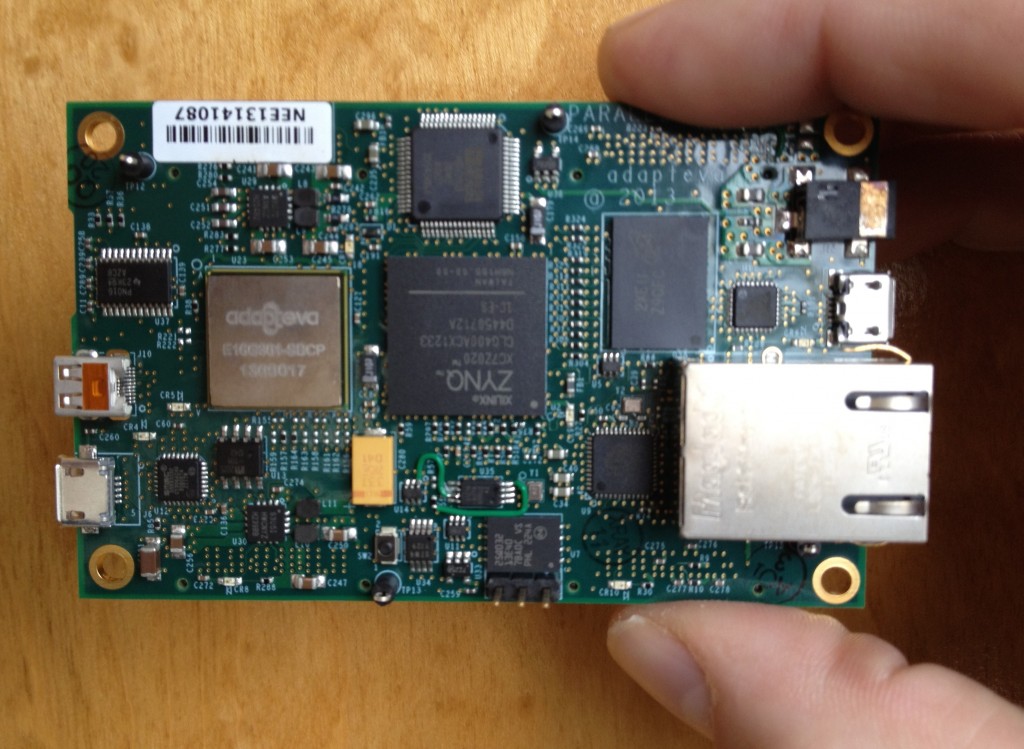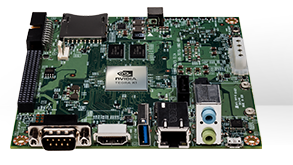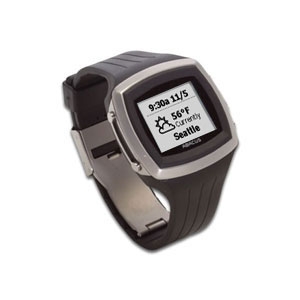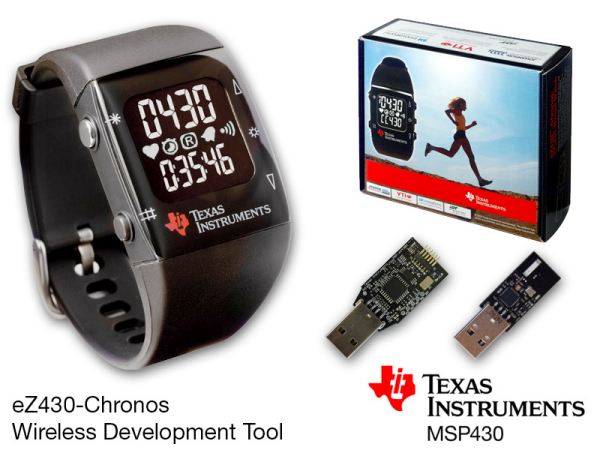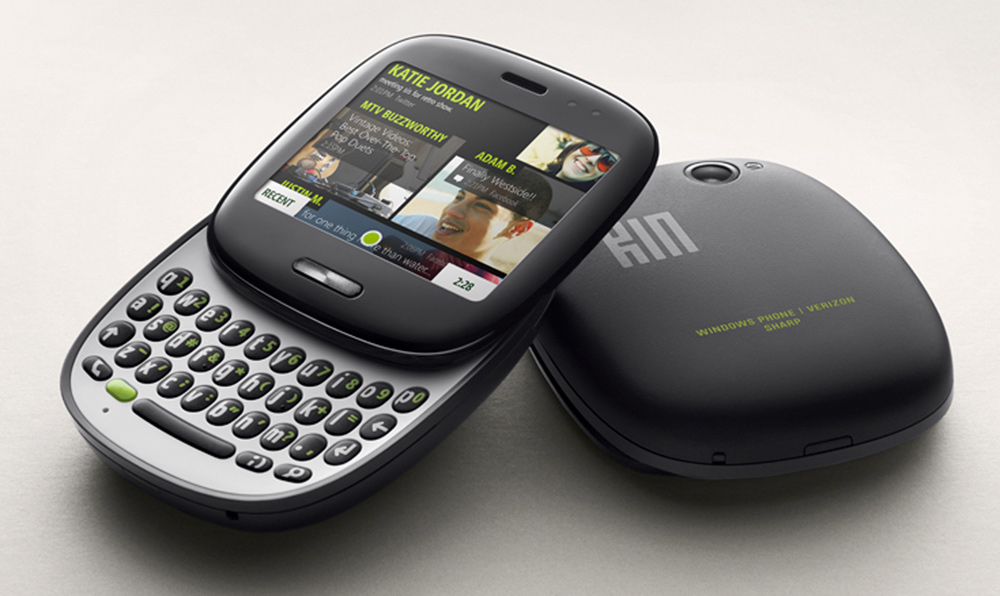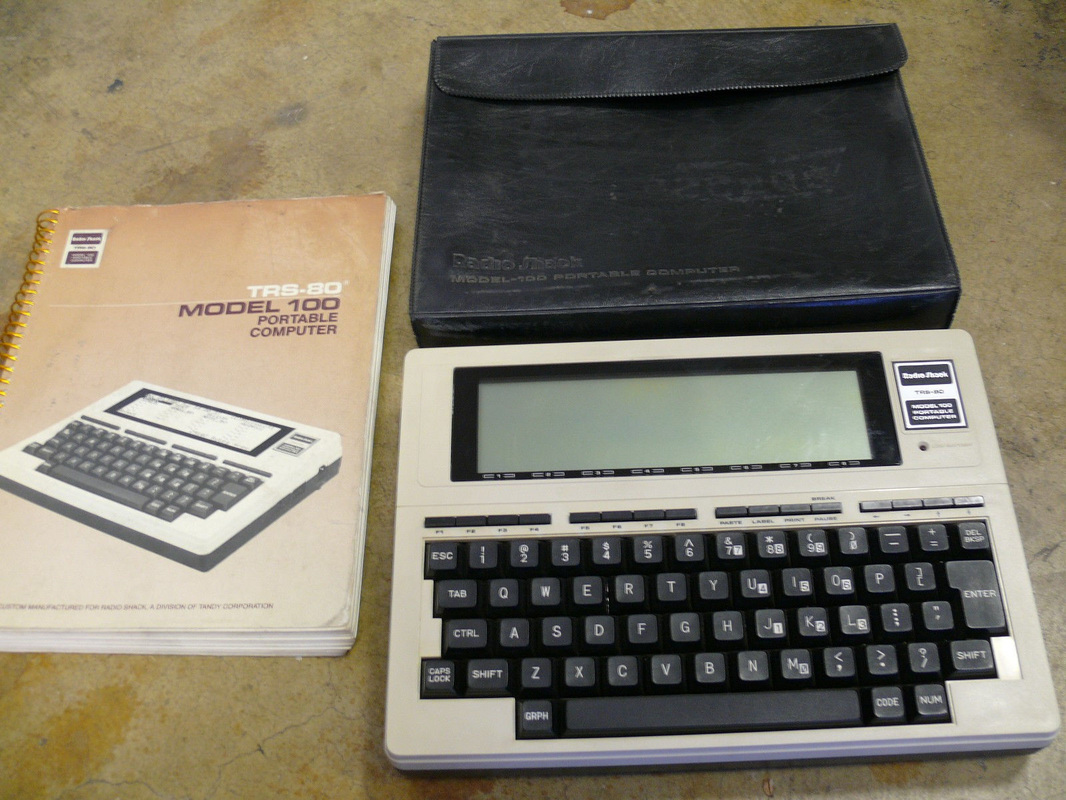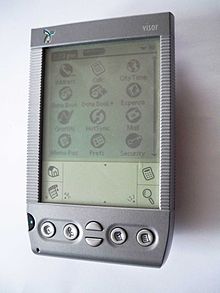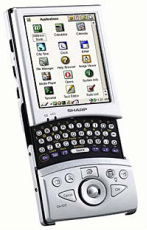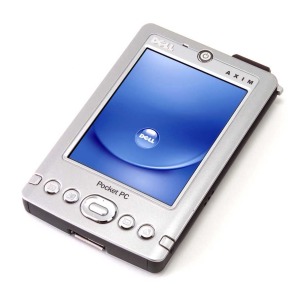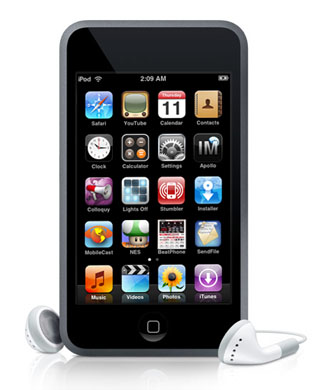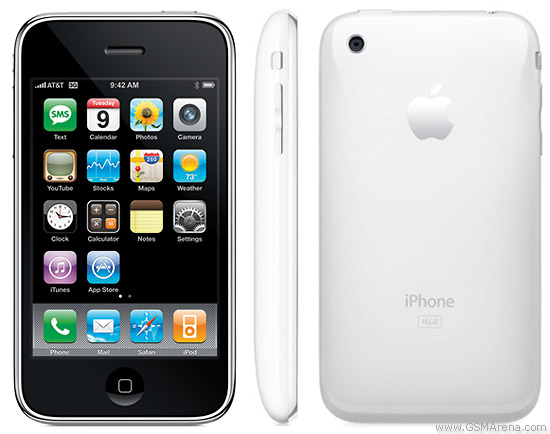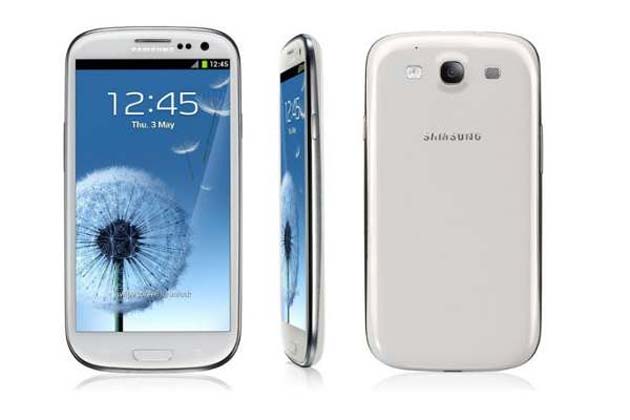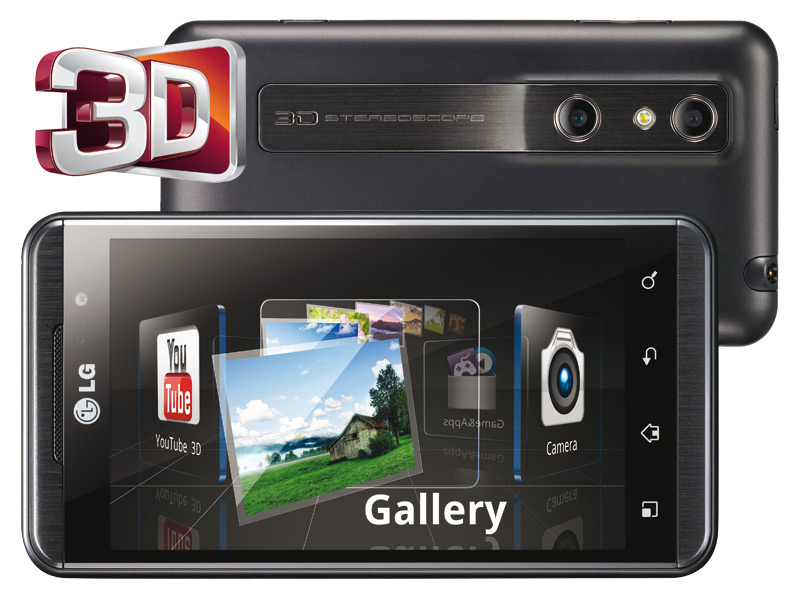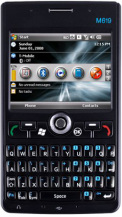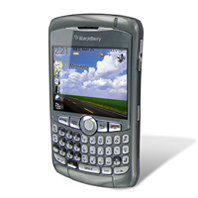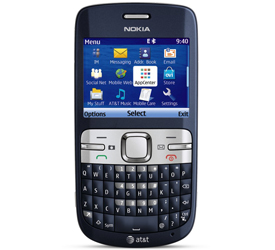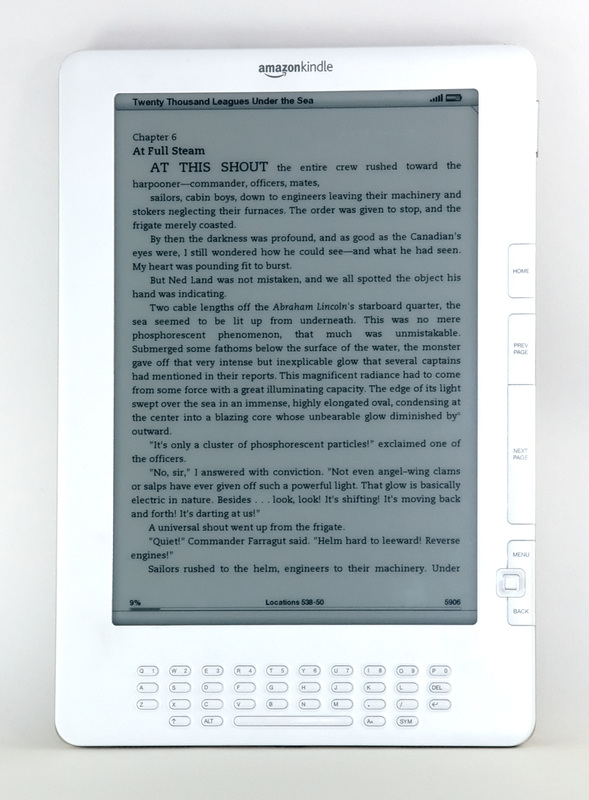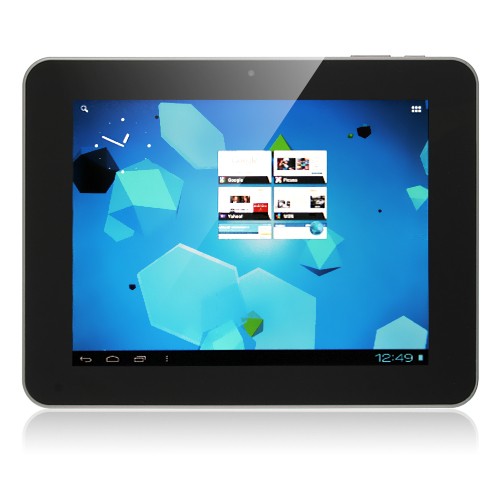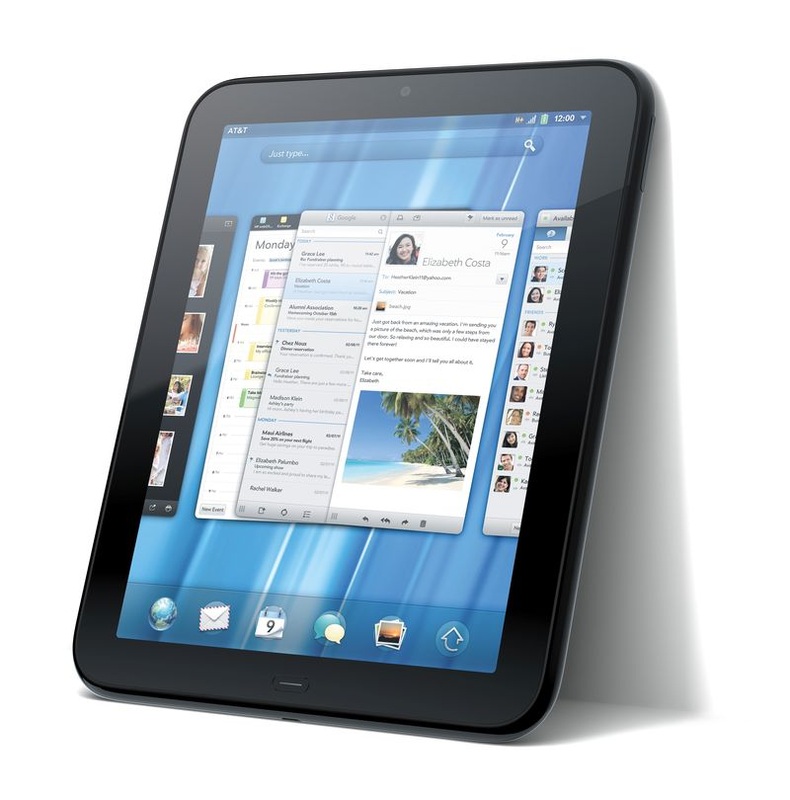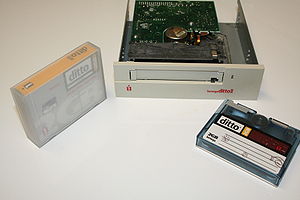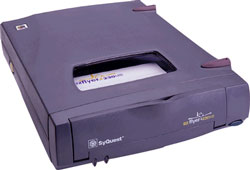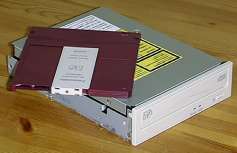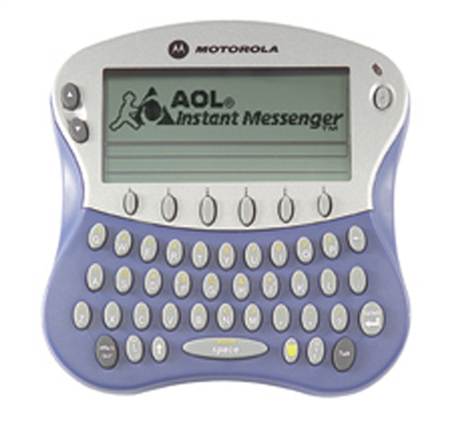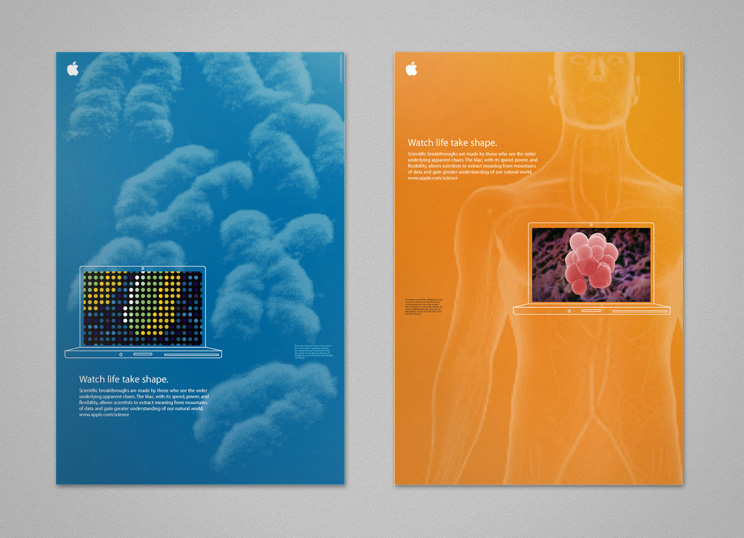Vintage Computing Collection
[Infoworld, October 1, 2004]
|
The purpose of this collection is to document some unique items that have been used over the years. Some of the items here have been used on various projects related to medical informatics or global health. As I have time, I’ll try to document how the equipment was applied and which projects it was used on.
Statistics (193 computers/workstations)
Recent Additions:
Mattel Aquarius (1983)
The Mattel Aquarius was targeted towards the home market. When it was released it was under-powered compared to other systems. Texas Instruments TI-58C Calculator
The TI-58c was an early programmable calculator from 1977. It had the ability to add storage “ROM Program Modules” (an insertable ROM chip, capable of holding 5000 program steps). Have 2 manuals (Master Library and Personal Programming), Quick Reference Manual and Project Brochure. Have 25 Solid State Software cards and 8 blank ones. IBM DOS 2.1 Manual and Disks
When the IBM PC first came out, the packaging of the user manual and software came in these cardboard boxes with a pull out 3-ring binder. Yahama CX5M II Music Computer (1984)
Uses the MSX operating system which stands for “MicroSoft eXtreme”. Used mainly in Japan, Middle East and Eastern Europe. IBM 7690 (1992)
The IBM 7690 is a clinical computer that folds into itself. It was designed for mounting on a wa
Strangely, there is little information on the internet about this product.
|
The NeXTcube was developed by Steve Jobs when he was forced out of Apple. When it was first released (1990-1993) it sold for $10,000. When Steve Jobs returned to Apple, the Operating System NeXTStep became the basis for The new Mac OS (which is currently still used today).
The Hyperion is an early portable computer that vied to be the first portable IBM PC compatible. It was a produced by the Canadian company Dynalogic in January 1983. The Hyperion was shipped in January 1983 at C$4995, two months ahead of the Compaq Portable.
Recent Addition – 5.25″ Floppy Disks
Tablets (Mobile Computing)
One area of interest is around Tablets and their evolution from mobile computing. Even though the iPad sparked the adoption of tablets in a significant way, bringing other devices like the HP TouchPad, Android and the Microsoft Surface, other devices preceded this evolution. such as the Apple Newton and Microsoft Ultra Mobile PC . In terms of healthcare, one interesting item was the Zenith CruisePad that was a tablet that essentially did remote control of a workstation (since it lacked the power to run its own applications on the device). The Apple Newton was a device that we piloted in ~1994 as a way of collecting data in the ICU. Interestingly, Apple was developing “graphical icons” for the medical area at that time as well. SD Card Interfaces
One thing that I find neat are the new SD card interfaces for old computers (Atari and Commodore). I had always wondered about the lifespan of 5.25″ floppies. C64 are called SD2IEC; Atari 400/800 are called SIO2SD; Atari ST are called UltraSatan. I havn’t located one for Apple II or the Amiga. SD drives in the Collection:
Atari/ColecoVision/IntelliVision Flash Carts
Another innovative new creation are cartridges that can be programmed using a USB interface which allows them to be used in the original hardware (i.e. Atari 400 computer) Operating Systems
Sun Java ring + iButton Serial Port connector (1998)
Java Ring (iButton) wearable computer with serial port interface. 6K Ram. This ring came from Emil Sarpa (Sun Microsystems) via Dr. Christoph Sensen. Eight Inch Disks – Microsoft Fortran v2.8 and v3.1 from 1978. This is when Microsoft had just 11 employees and was still based in Albuquerque, New Mexico. Notice the old Logo. Fortran was Microsoft’s 2nd product after BASIC. It ran on the Intel Intellec ISIS-II Diskette Operating System (DOS) on the Intel Intellec (http://www.old-computers.com/museum/computer.asp?st=1&c=754).
Microsoft Company history: http://www.thocp.net/companies/microsoft/microsoft_company.htm Macintosh Portable (1989)
Two Macintosh Portables (with 1 case). Ran System 6.0.4 through System 7.5.5. IBM 5140 (1986)
The IBM PC Convertible, released April 3, 1986, was IBM’s first laptop computer and was also the first IBM computer to use the 3.5″ floppy disk which went on to become the standard. Like modern laptops, it featured power management and the ability to run from batteries. It was the follow-up to the IBM Portable and was model number 5140. HeathKit ET-3400 Microprocessor Training system (1976)
Motorola 6800 1mhz and 256 Bytes AT&T Unix PC – this is an interesting computer as it ran Unix. The keyboards are “Hall effect” used in high reliable areas. I acquired 2 of these computers, documentation and disks, rare tape storage device and 2 additional keyboard/mice for spares.
DEC Multia Alpha – also known as the Universal Desktop Box since it could run a variety of OS including Windows NT, VMS, DEC TruUnix, BSD. I am hoping that with the Alpha processor it can run OpenGenera (Lisp OS).
|
Apple Inc
Apple IIeApple DOS 3.3, 6502 CPU, 64kb, (1983)
3 systems (Computer+Monitor+Drive)
|
Apple Macintosh ClassicMotorola 68000@8mhz 1mb, 20mb HD, (1990)
|
Apple Macintosh Plus
Motorola 68000@8mhz 1mb, (1986)
|
Apple Newton MessagePad320×240, 1mb RAM, (1993)
|
Apple IIGSApple ProDos, 65C816 CPU, 1mb memory (1986)
5.25″ drive, two 3.5″ drivers and Kenginston System Saver IIGs
|
Macintosh Performa PowerPC 630CDSystem 7.1, Motorola 68040 @ 33mhz, 4mb, CD (1994)
|
Apple IIcProDOS, 65C02 @ 1.023mhz, 128kb (1984)
|
Macintosh PortableSystem 6.0.4 to System 7.5.5.
Motorola 68000@16mhz. (1989) Two computers (1 case)
|
Macintosh Performa PowerPC 6400PowerPC 603e @ 180/200mhz, 16mb, System 7.5.3, (1996)
– 2 systems (6400/200 and 6400/180) and 2 monitors (Apple 15AV MultiScan, Apple Performa Plus Display)
– Power Macintosh G3 M3979 PPC 266mhz 192mb 4gb HD - PowerPC 9600/200 (Sidecar) |
eMacPowerPC G4 @ 1.42ghz, 80gb HD, 256mb, Super Drive (2004)
Designed for the Education Market (No handle – I guess so students don’t walk off with it)
Original Packaging |
PowerMac G52 x 2.0ghz processors, 160gb HD, 1gb memory (2004)
|
Macintosh Plus (M0001A)
with 20mb external hard drive and manuals |
iMac G3350mhz, 320mb, 6.3gb HD, OS 10, PowerPC 750 (1998)
|
Power Macintosh G3300mhz PowerPC, 64mb, 20gb HD (1999)
2 computers
|
Apple iMac G4 (M6498 )“Sunflower” 800MHz 256MB RAM 60GB HDD 2X SuperDrive (2002)
3 computers (15″, 15″ and 17″), 1 set of speakers
|
Apple Mac Mini (M9686)M9686LL/B, PowerPC G4, 512mb, 40gb, CD/DVD, MacOS X 10.4 “Tiger” (2005)
2 computers
|
NeXT Computer Inc
http://en.wikipedia.org/wiki/NeXT
http://www.512pixels.net/blog/2011/11/next-the-hardware
Atari Inc.
http://en.wikipedia.org/wiki/Atari_8-bit_family
http://en.wikipedia.org/wiki/Atari_ST
http://www.voidbred.com/blog/2014/09/programming-the-atari-st-20-years-later/
Atari 4001.79mhz, 16kb (1978)
Original Packaging (1)
Battlestar Galactica design 2 computers with 1 vinyl cover Atari Accesories
|
Atari 8001.79mhz, 48kb (1978)
Original Packaging (1)
3 computers with 1 vinyl cover Atari Portfolio (2)
IBM PC compatible – 1st PalmTop computer (1989) (flakey OS) |
Atari 800XL
64kb (1983)
2 computers
Atari Programming Languages Cartridges – Microsoft Basic II, Atari Basic (2), Atari Assembler, Atari Pilot (unopened)
Kyan Pascal for Atari |
Atari 520ST/1040STTOS OS v1.0, Motorola 68000 CPU, 512kb memory, 3.5″ floppy, 640×400, SC1224 color monitor (1985)
Three 520ST FM (512 kB RAM), 1 with original packaging
Two 1040ST F (1 MB RAM, double-sided floppy disk, no RF modulator) Two 1040ST E (enhanced sound, BLiTTER chip, 4096-color palette) Two 1040ST FM (1 MB RAM, double-sided floppy disk, RF modulator) 4 Atari monitors (Three SC1224, SM124) Atari SH204 20mb HDD Atari STacy(1989)
|
Commodore International
http://en.wikipedia.org/wiki/Amiga_500
http://en.wikipedia.org/wiki/Amiga_1000
http://kataklinger.com/index.php/commodore-64-emulator/
|
Commodore Pet 2001-8
The Commodore PET (Personal Electronic Transactor) is a home/personal computer produced in 1977 by Commodore International.[2] A top-seller in the Canadian and United States educational markets, it was Commodore’s first full-featured computer, and formed the basis for their entire 8-bit product line. http://en.wikipedia.org/wiki/Commodore_PET |
Commodore PET CBM 2040 Dual Disk Drive
|
Vic 206502, 1.1mhz, 5kb memory (1980)
5 computers (one damaged)
– 2 original packaging (made in Canada) |
Commodore 646510 CPU, 1.023mhz, 64kb, 320×200 (1982)
7 computers (one damaged). 2 original packaging (Zellers price tag $398cdn)
Made in Canada Serial: 111707
(sold between 13 and 17 million units)
|
Amiga 1000Amiga OS, Motorola 68000 @ 7.16mhz, 256kb (1985)
Four computers (one case damaged)
Original Packaging External 1010 3.5″ drive External 1020 5.25″ drive External 3rd party 3.5″ drive (2) AmigaVision |
Amiga 500Amiga OS, Motorola 68000 @ 7.16mhz, 512kb, 736×567, upgraded to 14.0mhz, (1987),
20md external HD Original Packaging
5 computers (one 220v) Missing 2 Power Supplies Amiga 590 20mb Hard drive (2) 20mb External Hard Drive (1) |
C64/Vic20 Peripherals
|
SD card InterfaceJBrain uIEC/SD v3.1 and SD2IEC and C64-SD2IEC (below)
|
Commodore MonitorsTwo 1701 (1 original packaging)
Three 1702 (1 not working) |
Amiga Monitors1080, 1084, 1084
Original Packaging (1) |
Gaming Systems
VectrexModel HP 3000, Vector Monitor (1982)
The Vectrex is unique as it included a built in vector monitor. This differs from modern monitors as the vector based monitor actually draws lines – compared to using pixels.
|
Xbox(2003)
Additionally, two black xBox (1 of them none functioning)
|
Playstation 3Cell microprocessor (3.2ghz PowerPC with 8 Synergistic Processing Elements (SPEs)) , 60gb, Blu-Ray Player, Bluetooth, WiFi (2006)
Original Packaging
|
PS3 3D Monitor
24″, 1080p, SimuView (2 players can play the same game while viewing 2 different screens) |
Sun Microsystems Inc
Sun Ultra Enterprise 1UltraSparc 1 167mhz, 64mb, (1995)
2nd computer – not working
|
Sun Ultra Enterprise 22 computers + 1 Sun Penguin PCI Emulation Card
|
Sun Blade 1500UltraSPARC IIIi. 80GB and 120GB HDD, 4GB ram, video controller, SUN mouse and keyboard. Solaris 10 (2006).
|
Sun Blade 2500Solaris 9, UltraSparc 1.6ghz, 4gb, 73gb HD (2006)
|
|
Sun Sparcstation 1
The SPARCstation 1, or Sun 4/60, is the first of the SPARCstation series. (1989) Sun Sparc 5 Sparc, 32mb, (1994)
7 units |
Sun Sparc 10
Codename: Campus2 (1992) 2 computers
Sun PCI PC Emulator 2 cards
SunPCi 1.1.2 – 400mz SunPCi 2.0.1 – 600mz |
Sun Sparc 20SuperSPARC 60mhz, 128mb, 1280×1024 (1994)
2nd computer – missing cover
Sun Voyager
Sparcstation Model 146 (3)
|
Sun Ultra 60UltraSparc II CPU, 2gb (1998)
Sun Ultra SCSI External Hard Drive Exclosure
4 units
|
Sun SunRay1Virtual Desktop, 1280×1024 (1999)
|
Sun SunRay 270Integrated into a 17″ LCD, mountable (2009)
SunRay 150 with original packaging
|
Sun JavaStation Krups
(1996) Sun JavaStation 1
(1996) – Demo Unit |
Java RingJava Ring (iButton) wearable computer with serial port interface. 6K Ram (1998)
|
Digital Equipment Corp (DEC)
IBM
Intel 8088 @ 4.77 MHz, 16KB, 5.25″ floppy, 5mb Hard Drive, IBM Monitor and Keyboard (1981)
The IBM Personal Computer, commonly known as the IBM PC, is the original version and progenitor of the IBM PC compatible hardware platform. It is IBM model number 5150, and was introduced on August 12, 1981.
http://en.wikipedia.org/wiki/IBM_Personal_Computer
The IBM PCjr (read “PC junior”) was IBM’s first attempt to enter the home computer market. The PCjr, IBM model number 4860, retained the IBM PC’s 8088 CPU and BIOS interface for compatibility, but various design and implementation decisions led the PCjr to be a commercial failure.
http://en.wikipedia.org/wiki/IBM_PCjr
The IBM PC Convertible, released April 3, 1986, was IBM’s first laptop computer and was also the first IBM computer to use the 3.5″ floppy disk which went on to become the standard. Like modern laptops, it featured power management and the ability to run from batteries. It was the follow-up to the IBM Portable and was model number 5140.
http://en.wikipedia.org/wiki/IBM_PC_Convertible
The IBM 7690 is a clinical computer that folds into itself. It was designed for mounting on a wall. Strangely, there is little information on the internet about this product.
Hewlett Packard (HP)
The 700 Series was introduced in mid-1991. It was HP’s first range of technical desktop computers based on the PA-RISC CPUs, starting with the PA-7000. For the previous ten years, HP technical desktop computers had been based around the Motorola 680X0 family of CPUs.
http://www.hpmuseum.net/exhibit.php?&cat=13
http://www.openpa.net/systems/index.html
The HP MediaSmart Server is a home server from Hewlett-Packard that runs Microsoft’s Windows Home Server operating system.
http://en.wikipedia.org/wiki/HP_MediaSmart_Server
Other Systems
Mattel AquariusZilog Z80 processor, 4K Ram and Microsoft Basic in ROM. (1983)
The collection includes the CPU, Data Tape Recorder, 40 column printer and Mini Expander. Also, includes LOGO programming language. Original packaging.
|
Osborne 1Zilog Z80 @ 4mhz, 64kb memory, 2×5.25″ floppy drives, CP/M (1981)
|
TI-99/4ATexas Instruments TMS9900 @ 3mhz, 256bytes RAM (1981)
Original Packaging
2 systems, 1 speech synthesizer, 4 joysticks, 1 cover 15 game cartridges (4 duplicates) |
MSX-system compatible computer with 8 voice FM Synthesizer (1984) with Texas Instruments Tape Recorder
|
The Coleco Adam is a home computer, and expansion for the ColecoVision (port 3), released in 1983 by American toy manufacturer Coleco. It was an attempt to follow on the success of the company’s ColecoVision video game console. The Adam was not very successful, partly because of early production problems
http://en.wikipedia.org/wiki/Coleco_Adam
IBM PC 8088 XT ClonePCII – 8088 CPU, 640KB memory, 2 5.25″ Disk Drives. AT Keyboard.
|
Compaq Deskpro 5100OS/2 Warp, 486 processor (1996)
2 systems
Sony ViEW System VIW-5000A Laser Disc 286 computer
|
HP NeoWare e370 Thin Client / eFusion Cart17 inch, Windows XP Embedded, 1ghz, 512mb flash memory (2006)
|
Compaq Armada 7360DMT200MHz Intel Pentium, 128mb, CD, Win95 (1998)
|
IBM ThinkPad 365XD 262511.3″ – Intel Pentium 133.0 MHz – Win95 OSR2 – 8 MB RAM – 1.35 GB HDD (1996)
|
Toshiba SatelliteCeleron 1.7mhz, 512mb, 60gb HD, Windows 98 (1998)
|
Other Laptops
|
Nvidia Tesla Card
High Performance Computing card. Many Super Computers are made with hundreds/thousands of these cards assembled together
|
HYUNDAI NEURON
433SLCC (1993) |
Dynalogic Hyperion
(1983) Was the first IBM PC portable clone. Was a Canadian company. 2 computers, 1 case, 1 acoustic modem coupler
|
Silicon Graphics Inc (SGI)
http://en.wikipedia.org/wiki/Silicon_Graphics
http://www.sgi.com/
SGI Indigo2 ImpactSilicon Graphics (SGI) Indigo2 IMPACT 10000 Workstation R10000 CPU@195Mhz, 256MB RAM, Solid IMPACT Graphics card, Seagate ST19171N (9.1GB) SCSI Drive,
IRIX 6.5.18 (1995) (2 computers) |
SGI OctaneMIPS R10000 CPU, 225 MHz, 320MB RAM, 4.5 GB SCSI hard drive, IRIX 6.5 (1997)
|
SGI IndyR4600 133MHz IP22 CPU, 96MB Memory, 2GB HDD, Indy 24-bit graphics, 3.5-inch Floppy/Floptical disk drive, RGB Indy Balls, IRIX 6.5 (1993)
2 computers (with keyboards and mice)
|
SGI Indy Carry Case |
Monitors (Interesting Types of Monitors)
Input Devices (Interesting Types)
|
Other Input Devices
|
Modems
|
Samsung Series 3 ChromeBook1.66ghz Intel Atom N570, 11.6″ screen, 1366×768, 2gb DDR3, 16gb SSD, ChromeOS (2011)
|
HP Compaq 2710pConvertible tablet, Intel Core Duo @ 1.80ghz, 12.1″ screen, 1280×800, 2gb memory, 110gb HD, finger print reader, Windows Vista Business (2007)
|
3Com AudreyInternet Appliance, touch screen, infrared keyboard, QNX OS, 200mhz Geocode GX 1 CPU, 16mb ROM, 32gb RAM (2000)
|
MicroPCCF card, Thailand (2006)
|
Raspberry.PiRaspberian Wheezy Linux, (2012)
|
Adapteva ParallelaUbuntu, Dual-Core ARM A9 CPU with 16 core, 1gb, Kickstarter project (2013)
|
Nvidia Jetson TK1NVIDIA Kepler GPU (192 CUDA cores), NVIDIA 4-Plus-1™ quad-core ARM® Cortex-A15 CPU,
2 GB memory, 16 GB eMMC (2014) |
MSN Direct Abacus SmartwatchFM-Radio Connectivity (2004)
|
Texas Instruments eZ430 ChronosDevelopment Kit, 3-axis accelerometer, pressure sensor, temperature sensor, wireless (2010)
|
Microsoft KinDesigned for Social Networking. (2010)
|
TRS-80 Model 100Radio Shack Tandy TRS-80 Model 100 24k portable laptop computer (1983)
2 systems (1 with case & manual)
|
HandSpring Visor PDAPalm OS, 33 Hz Motorola DragonBall VZ processor , 160×160 (1998)
|
Sharp Zaurus SL-5000 PDA206MHz Intel StrongARM processor and 32mb, Linux, Camera attachment, sliding keyboard, 240×320 (2001)
|
Dell Axim X50v PDAPocketPC, 480×640 (2004)
|
Apple iPod Touch(2007)
|
Seeking Items:
Acquired Software Wanted
Operating System Disk Images in the Collection
Interesting Computers
|
Software Collection
Some unique items:
Computer Posters
Other Vintage Computer Sites
Computer Museums
Retro Computer Podcast Computer Supplemental Hardware and Software
History of Computers Emulators
Forums MESS (Multi Emulator Super System)
|
